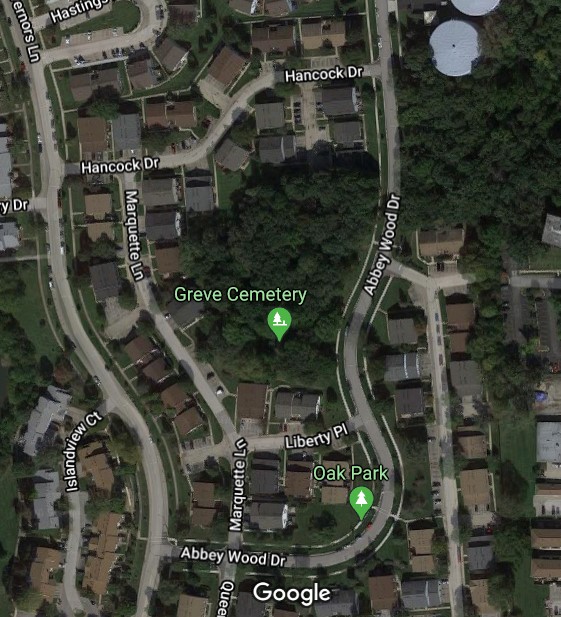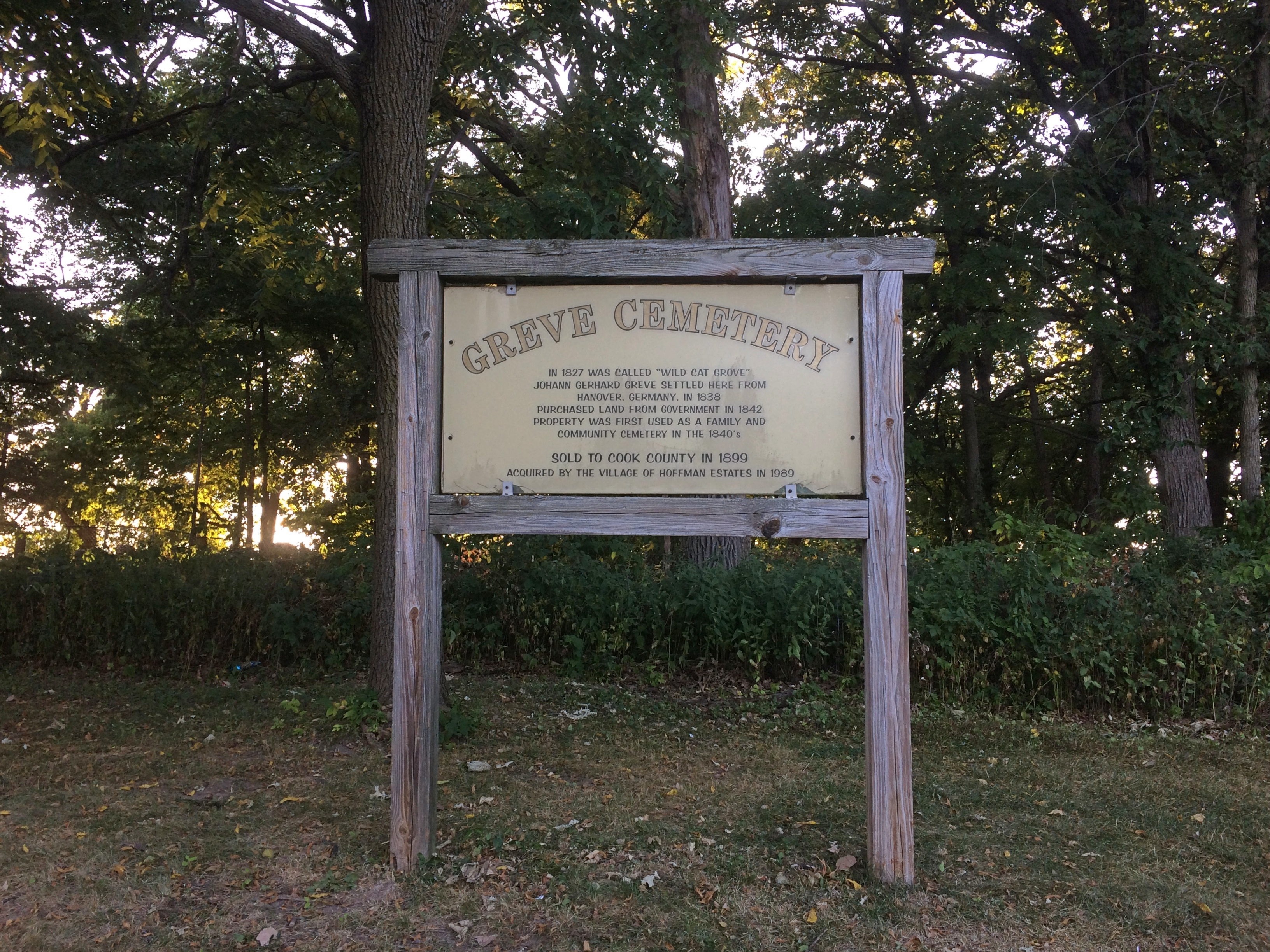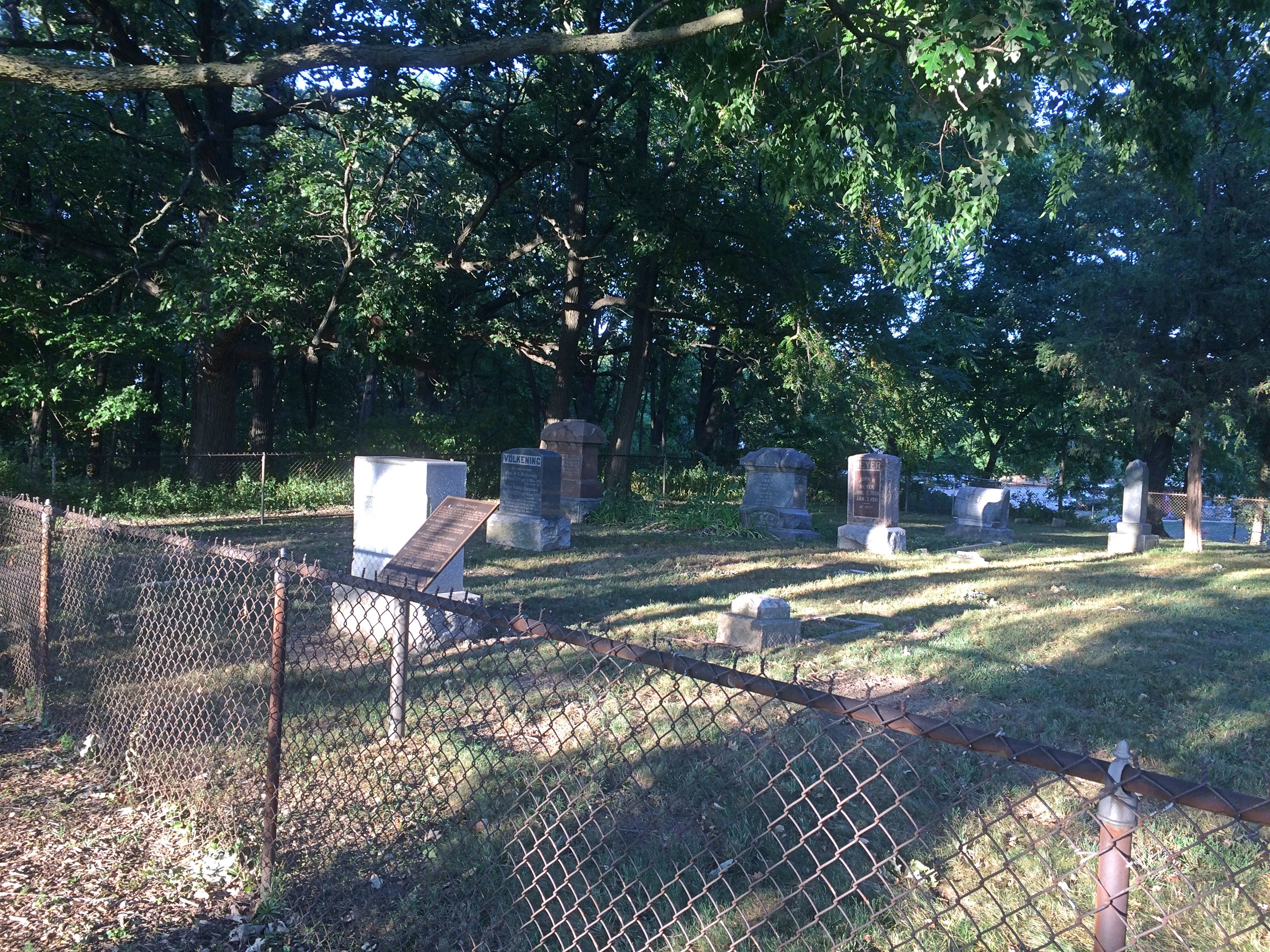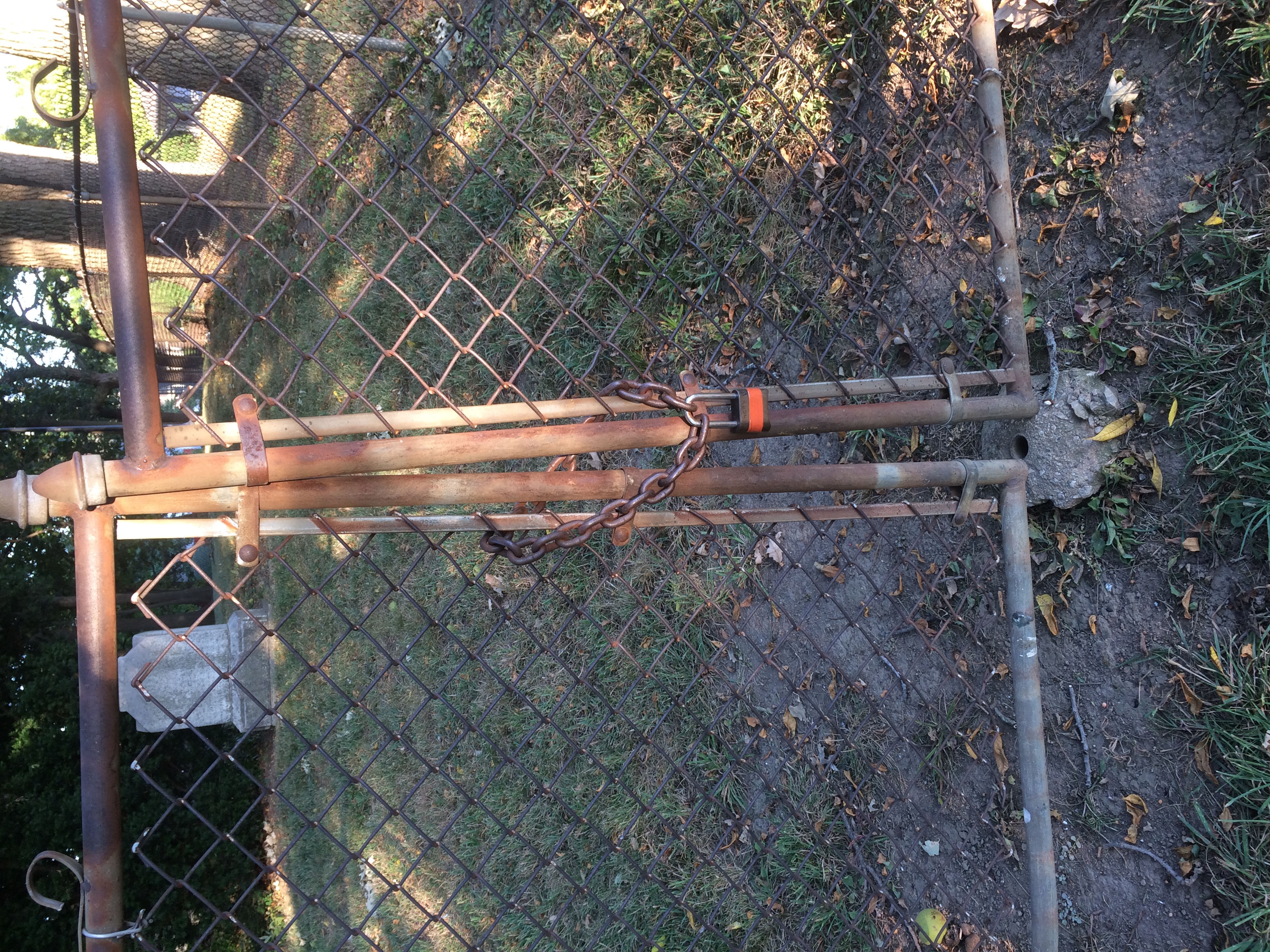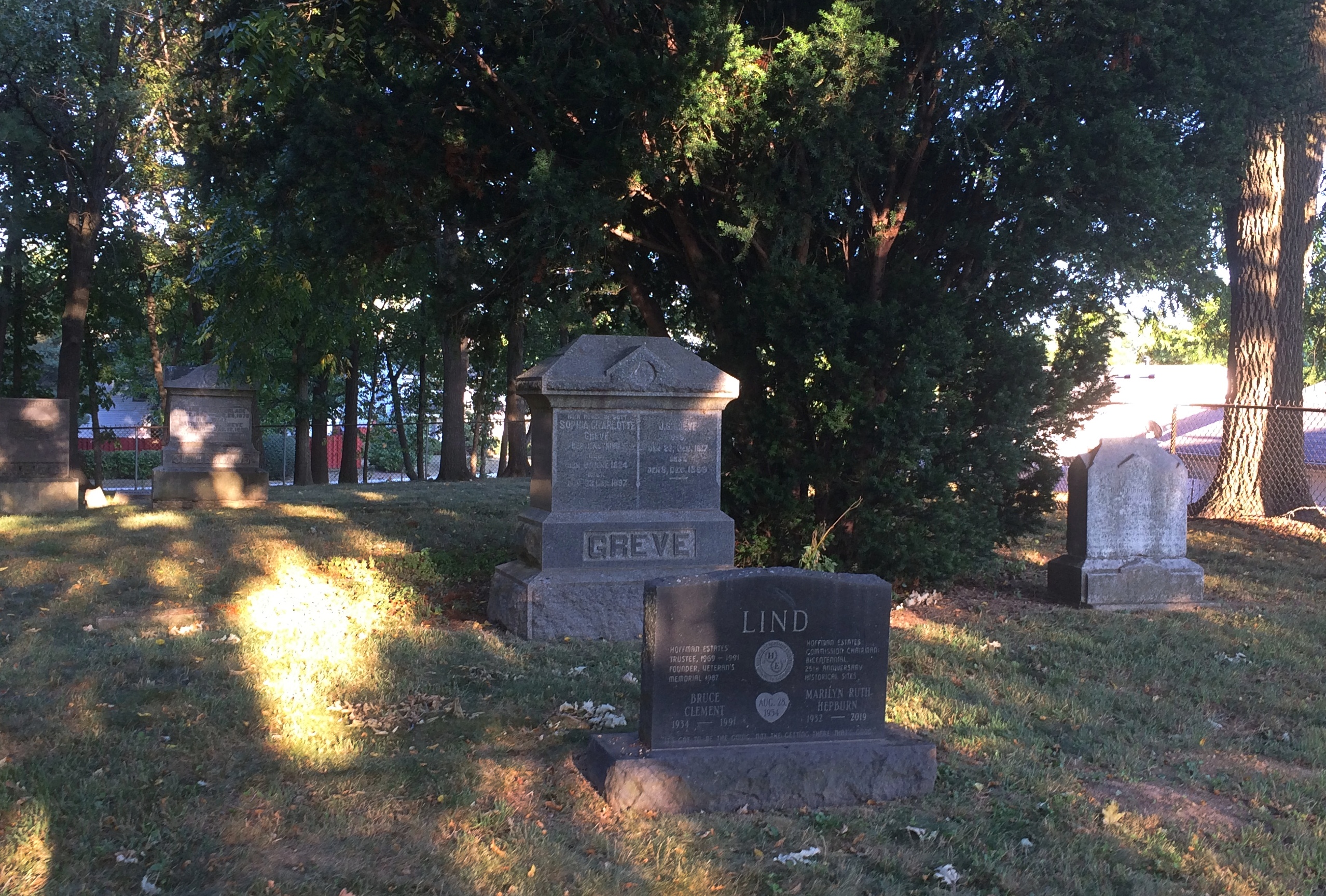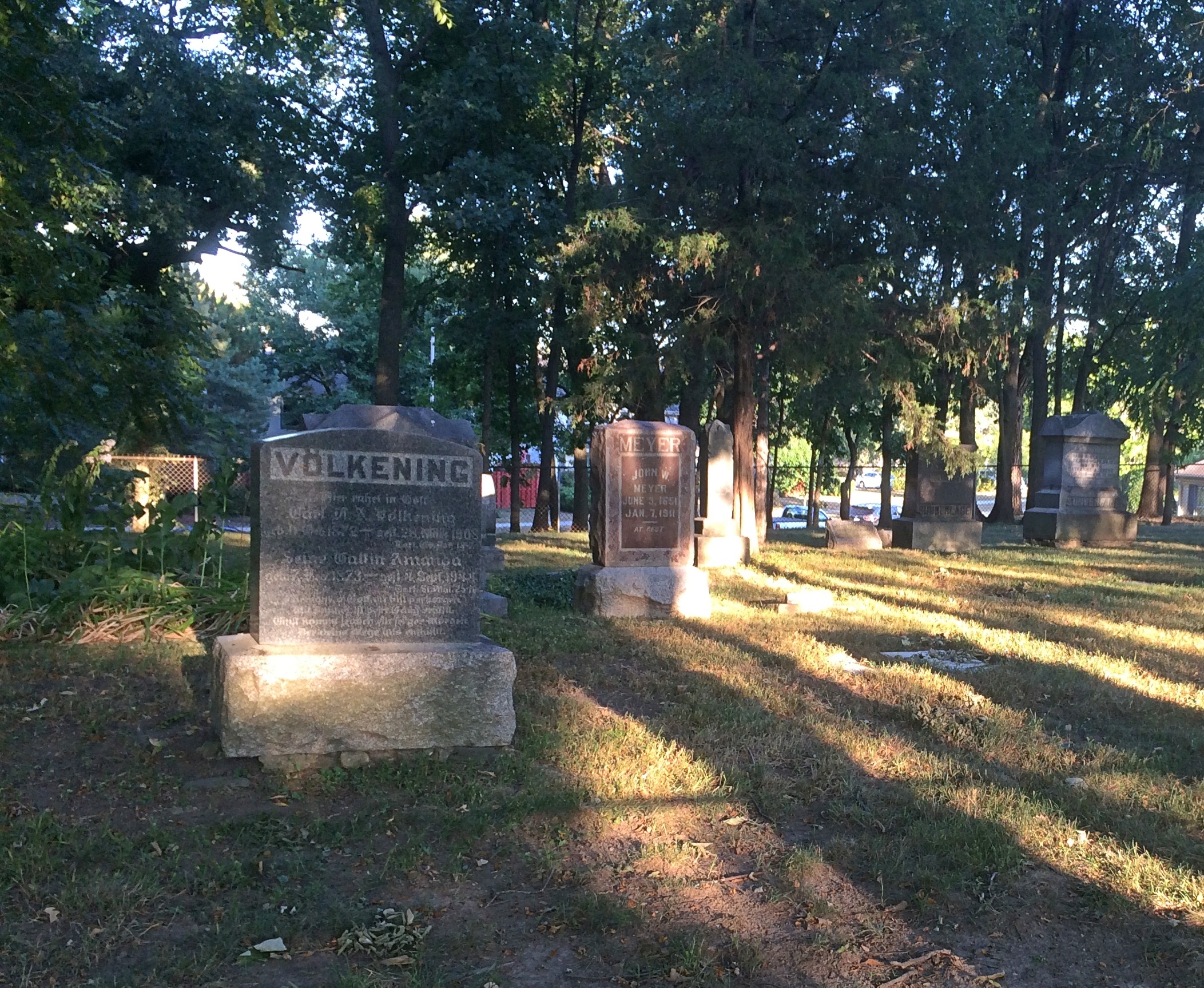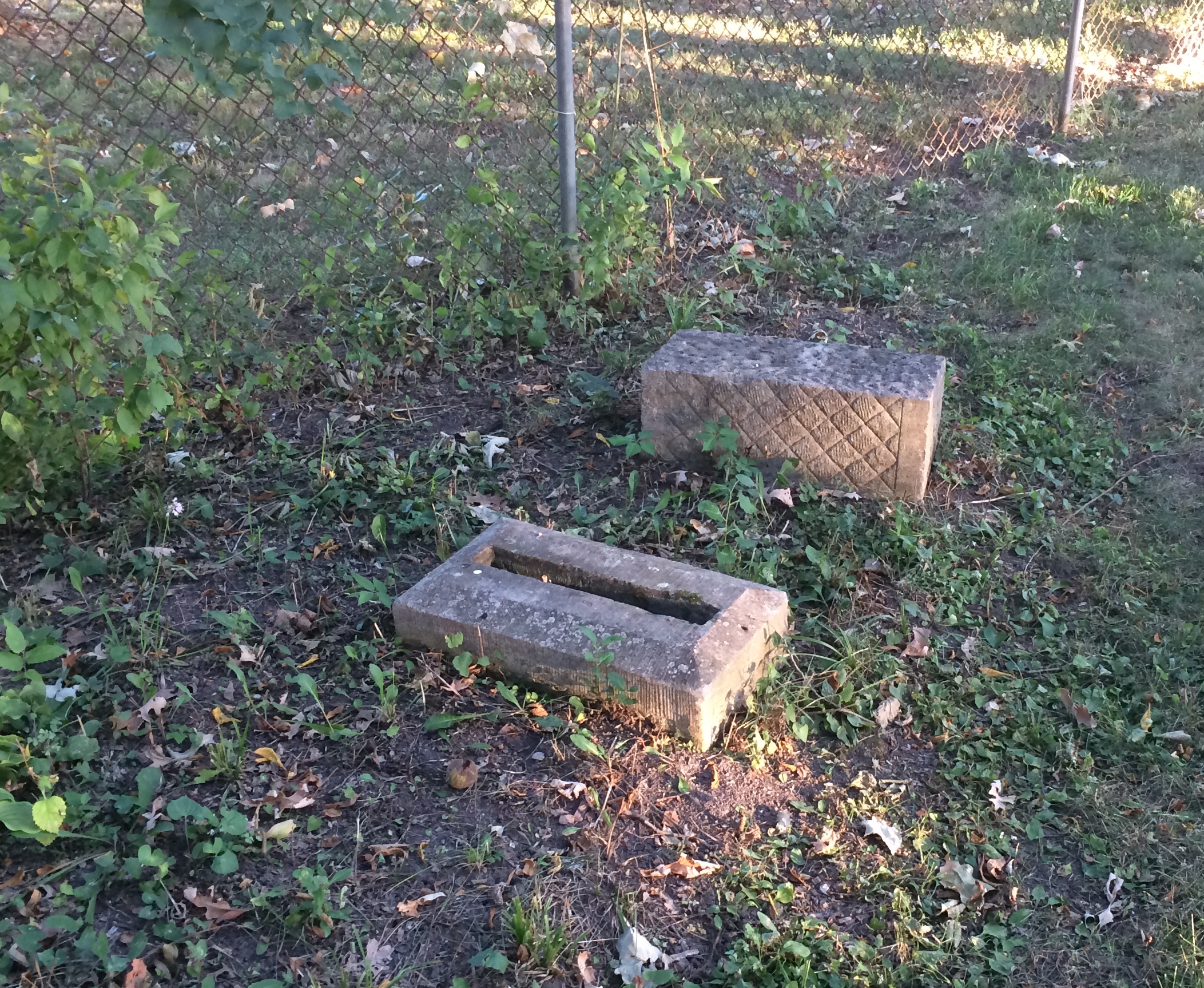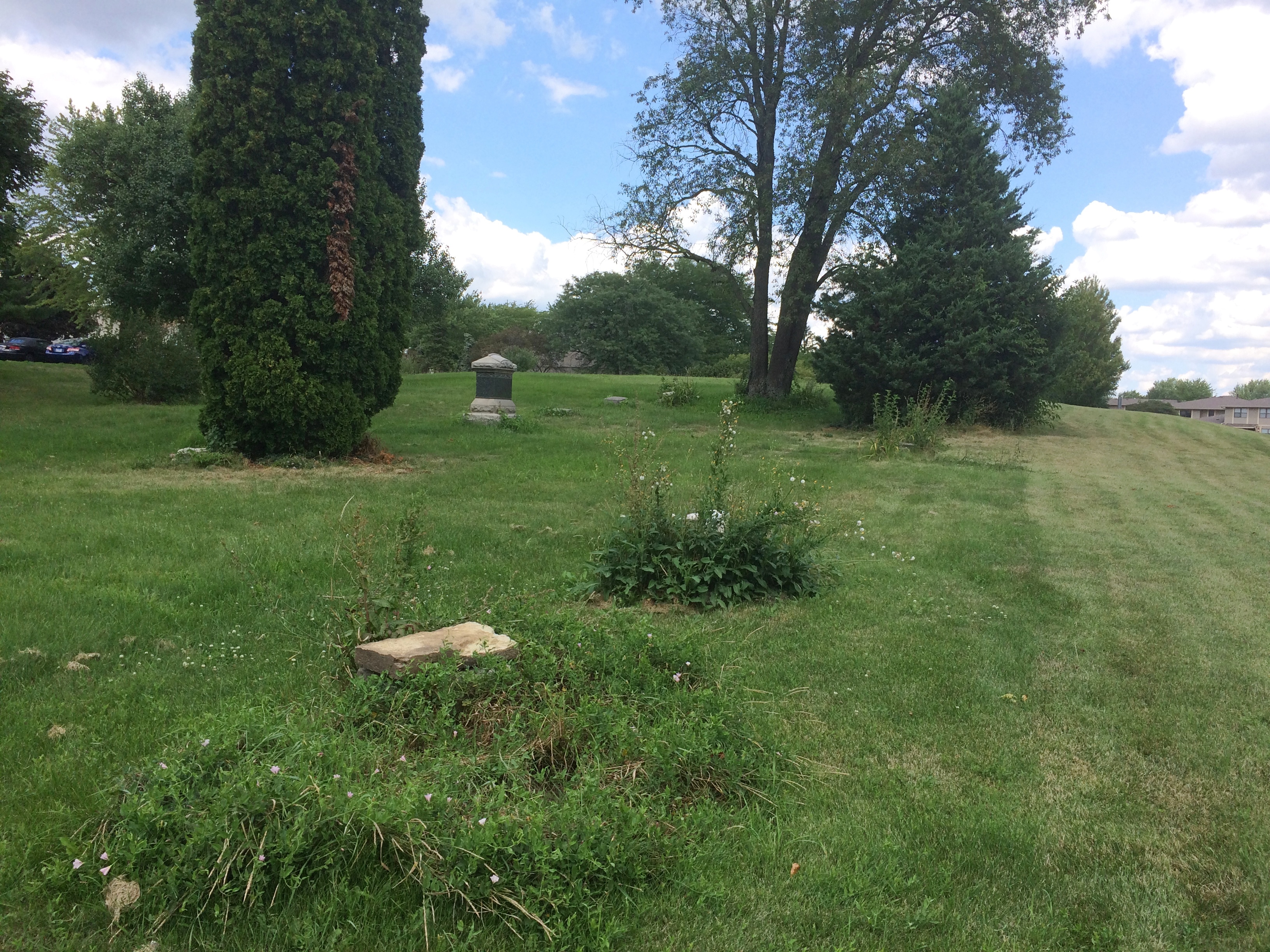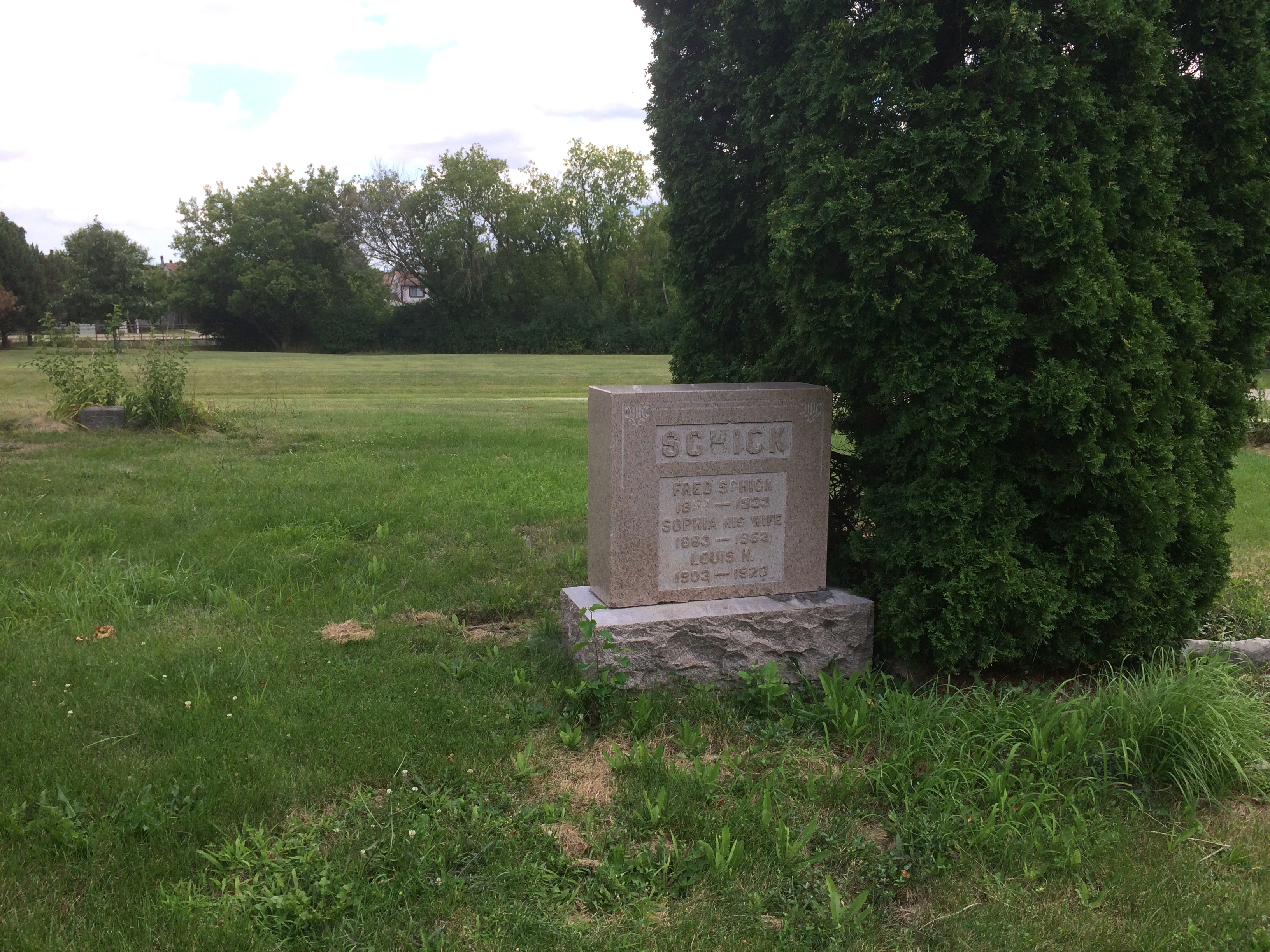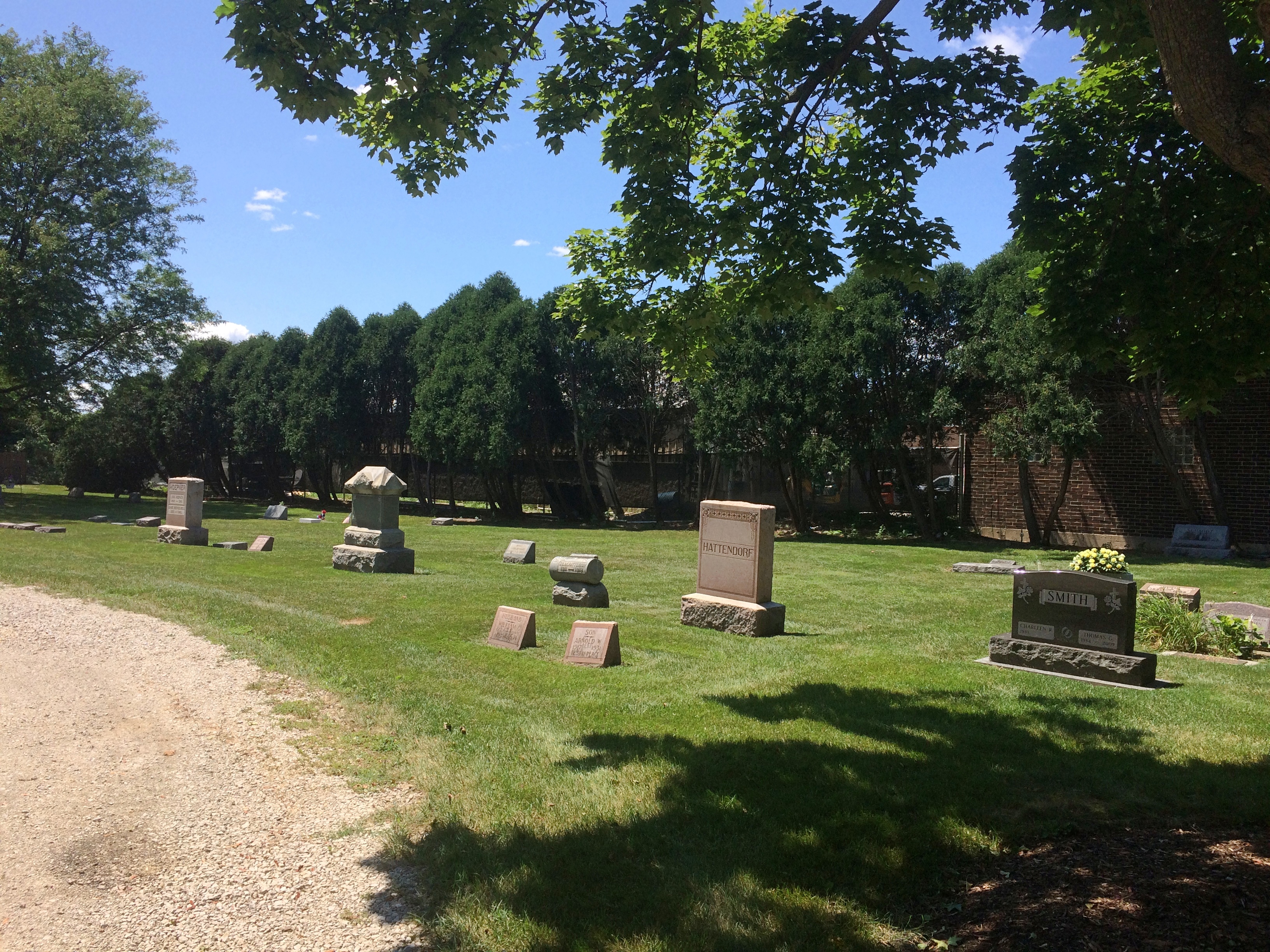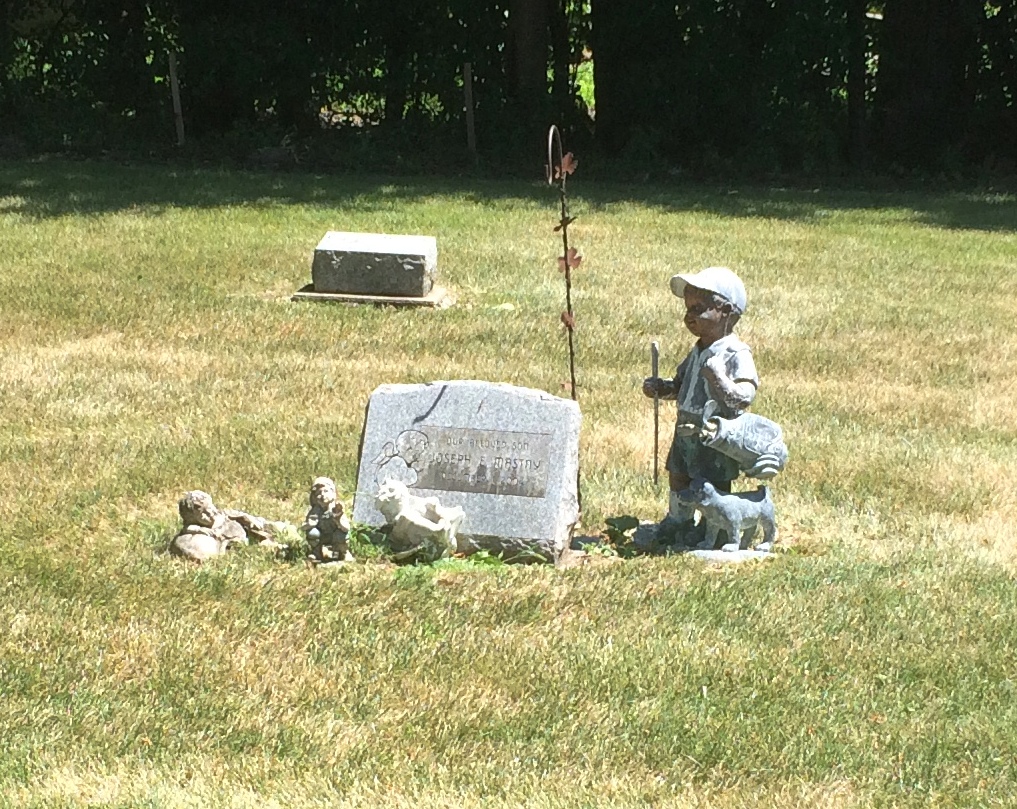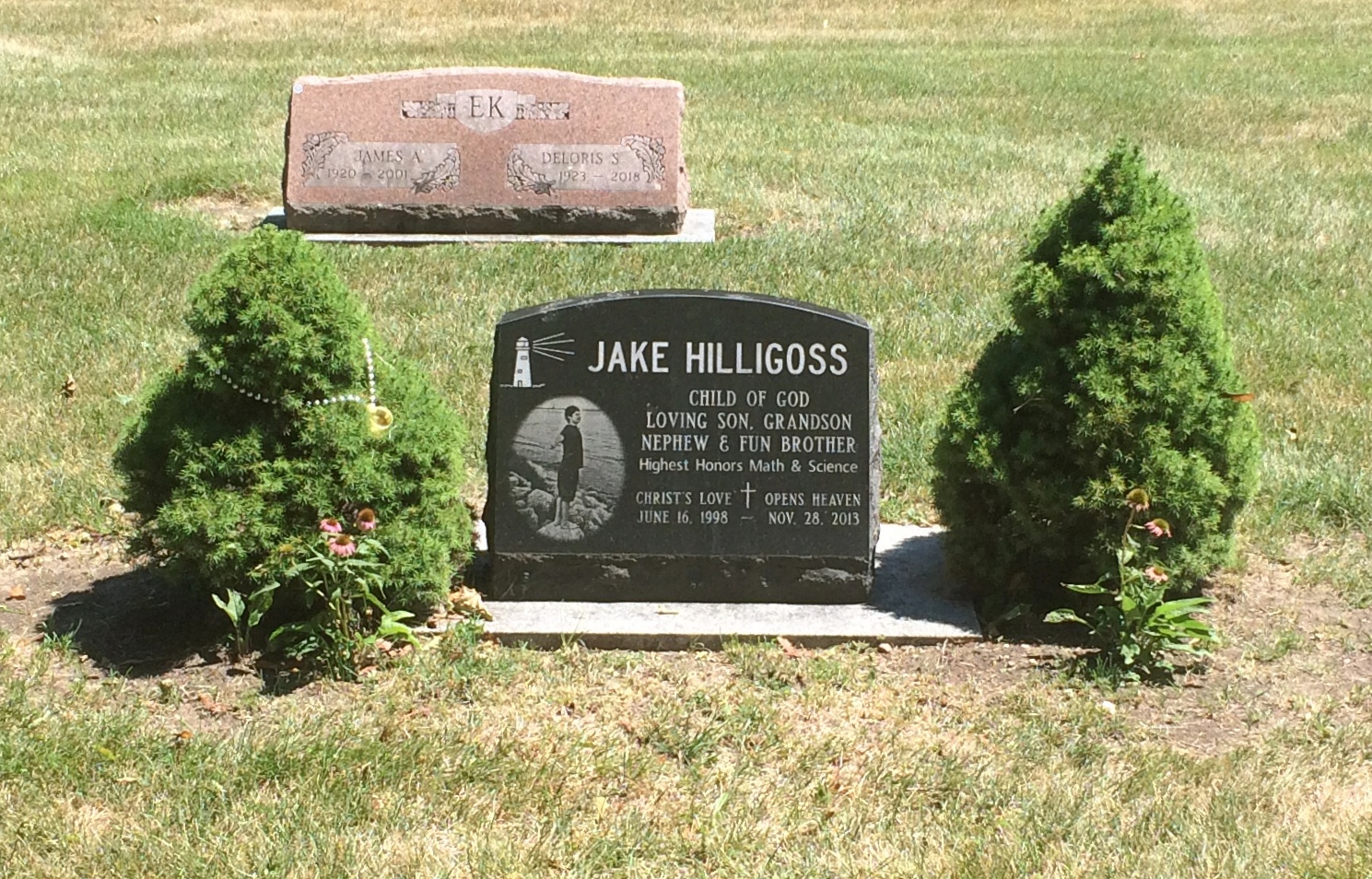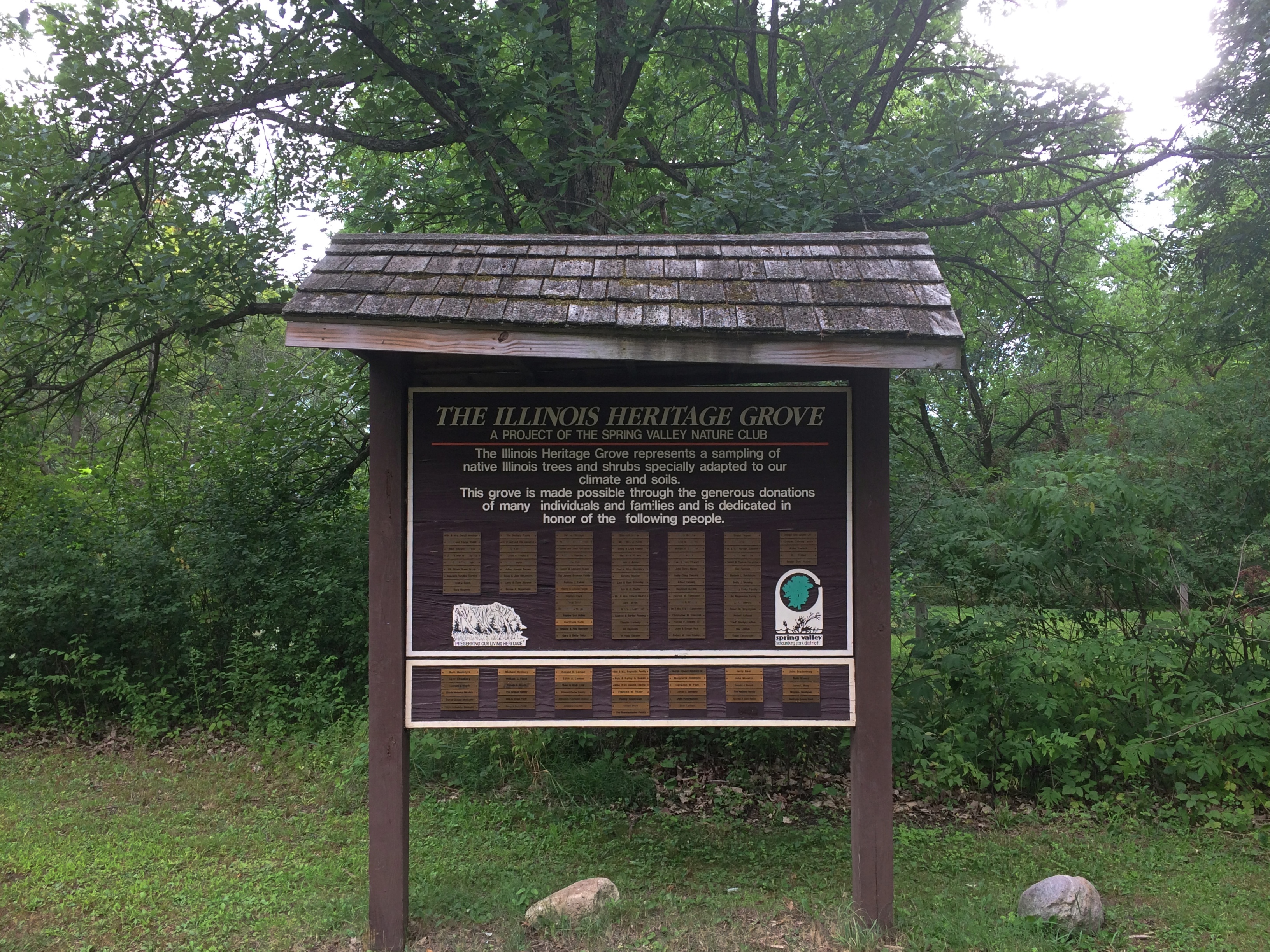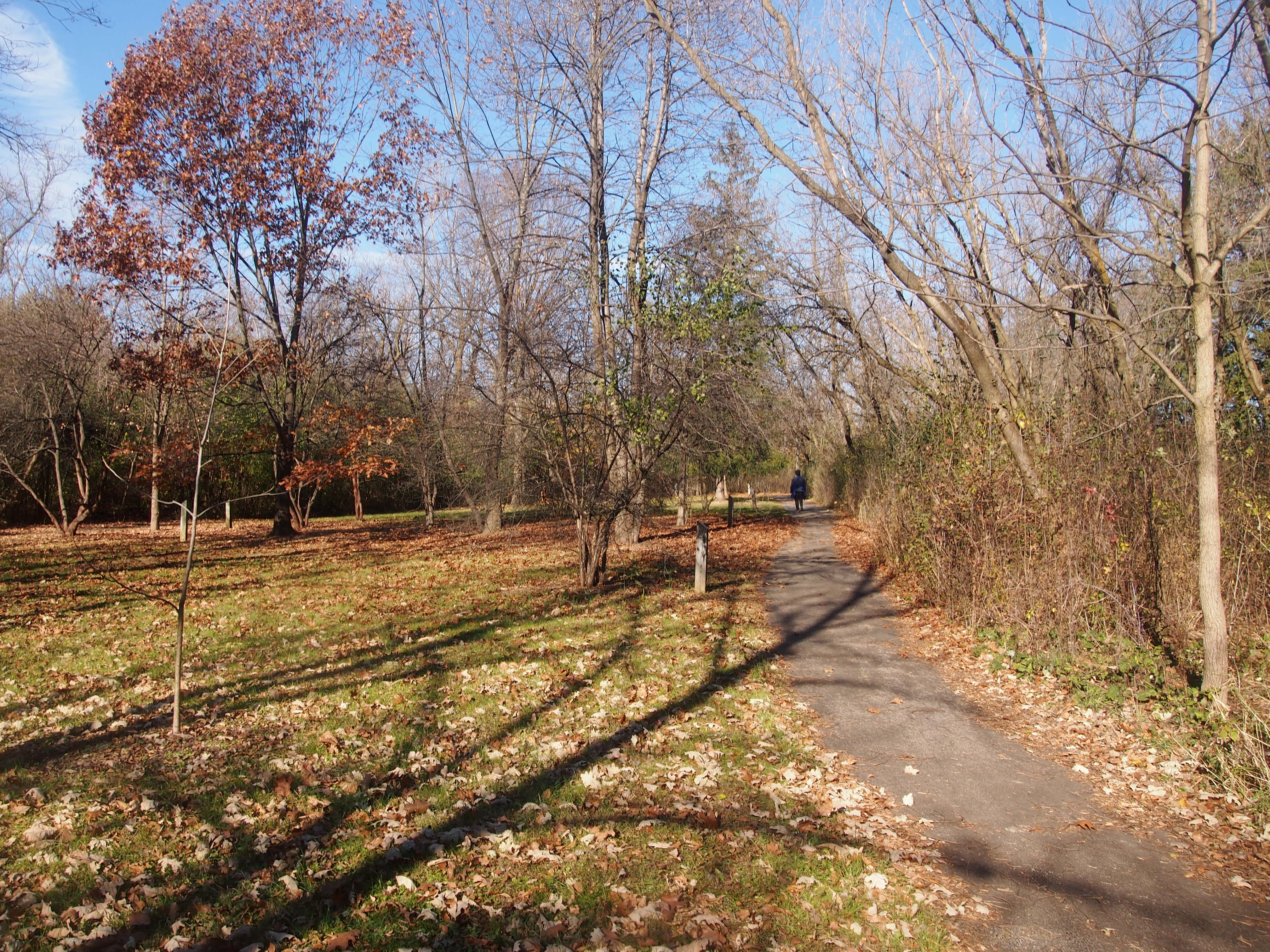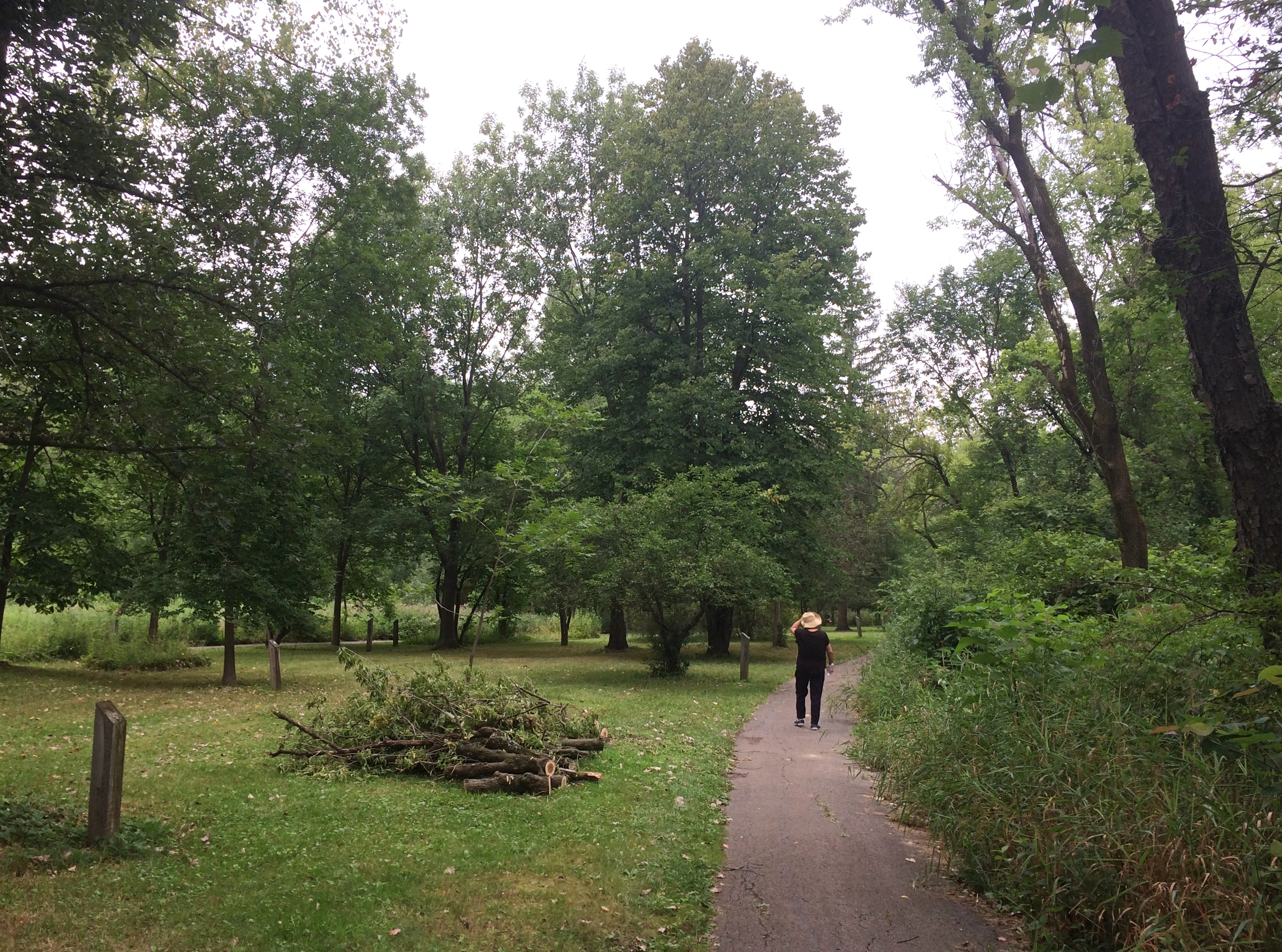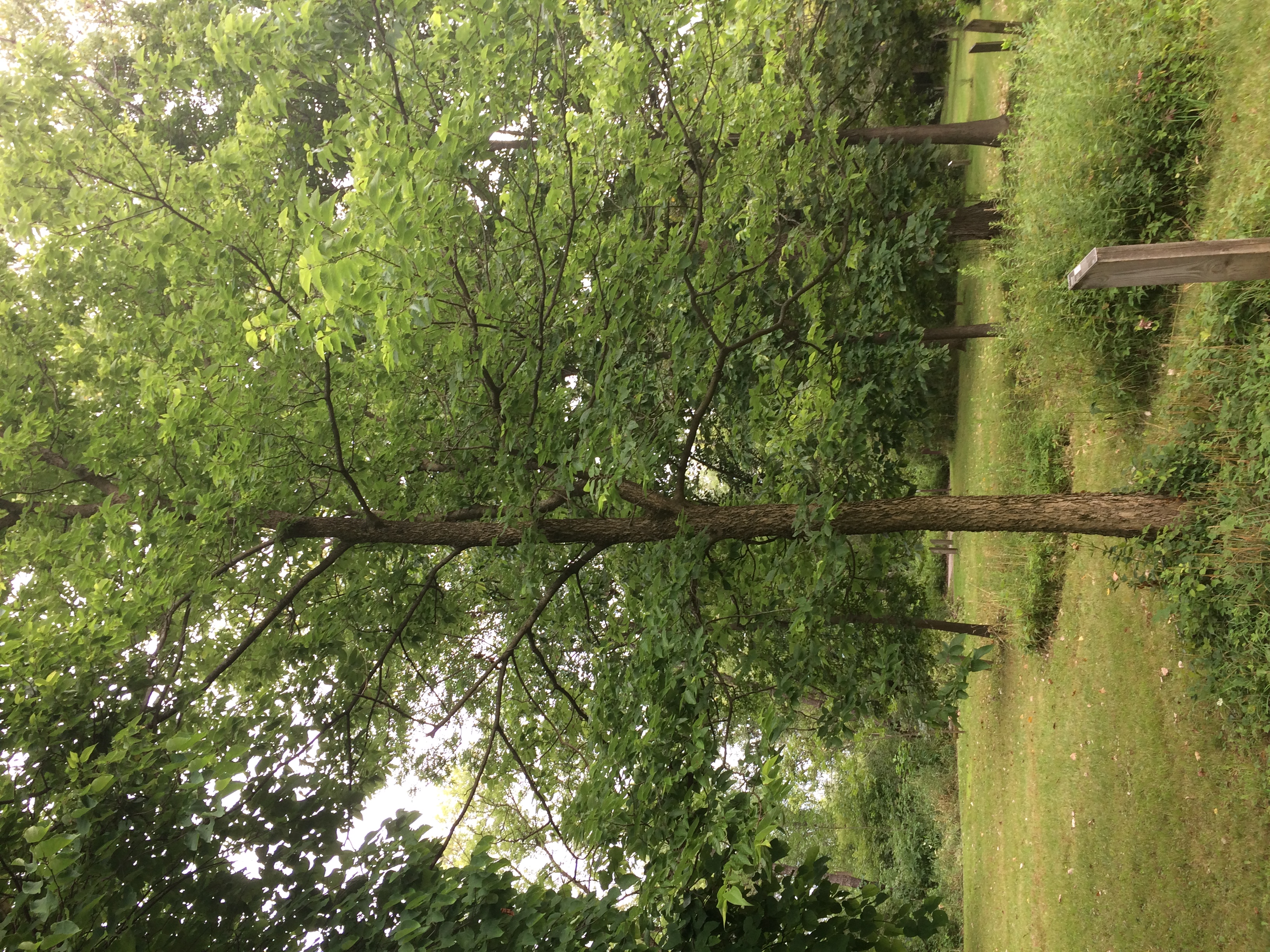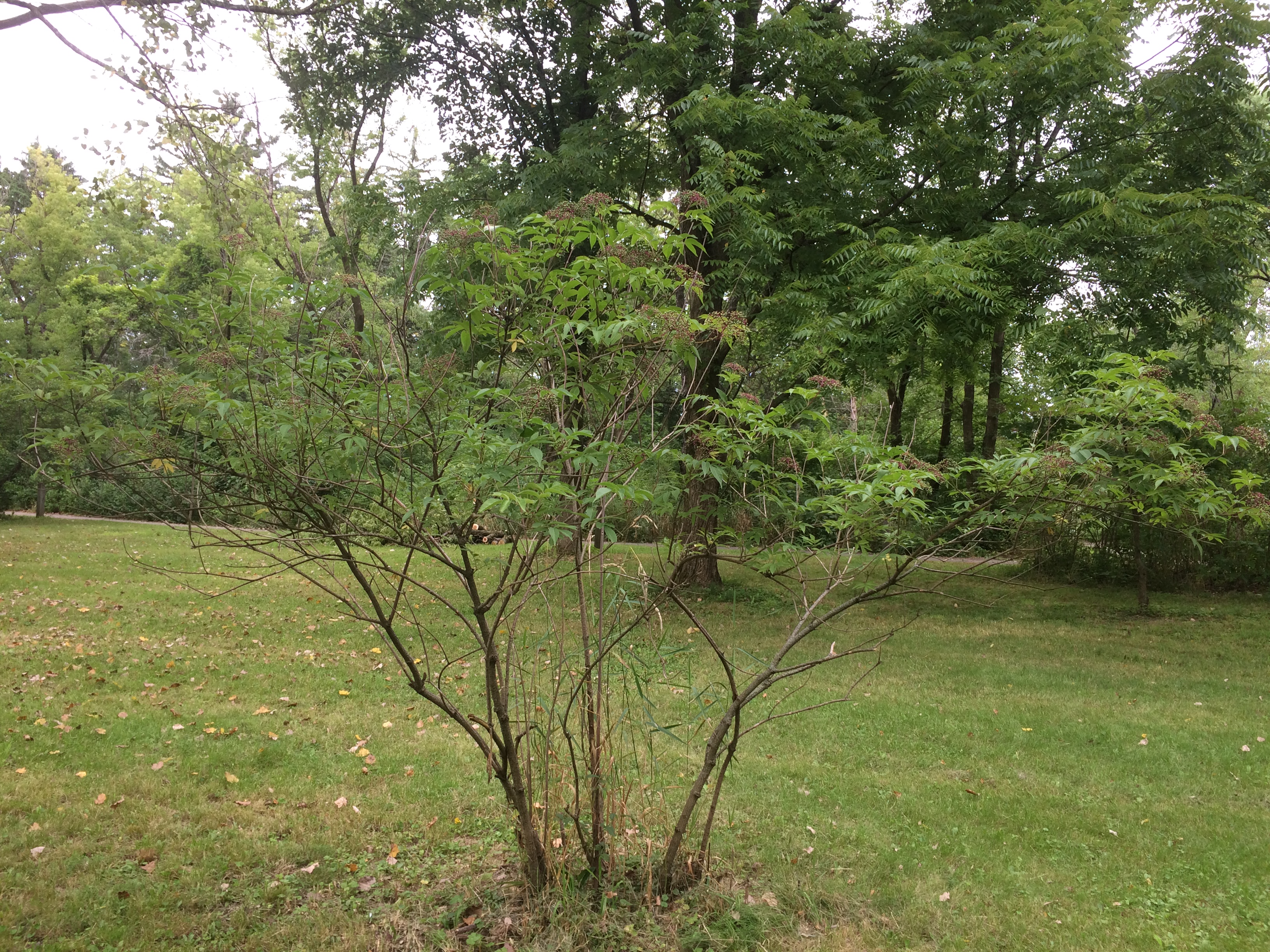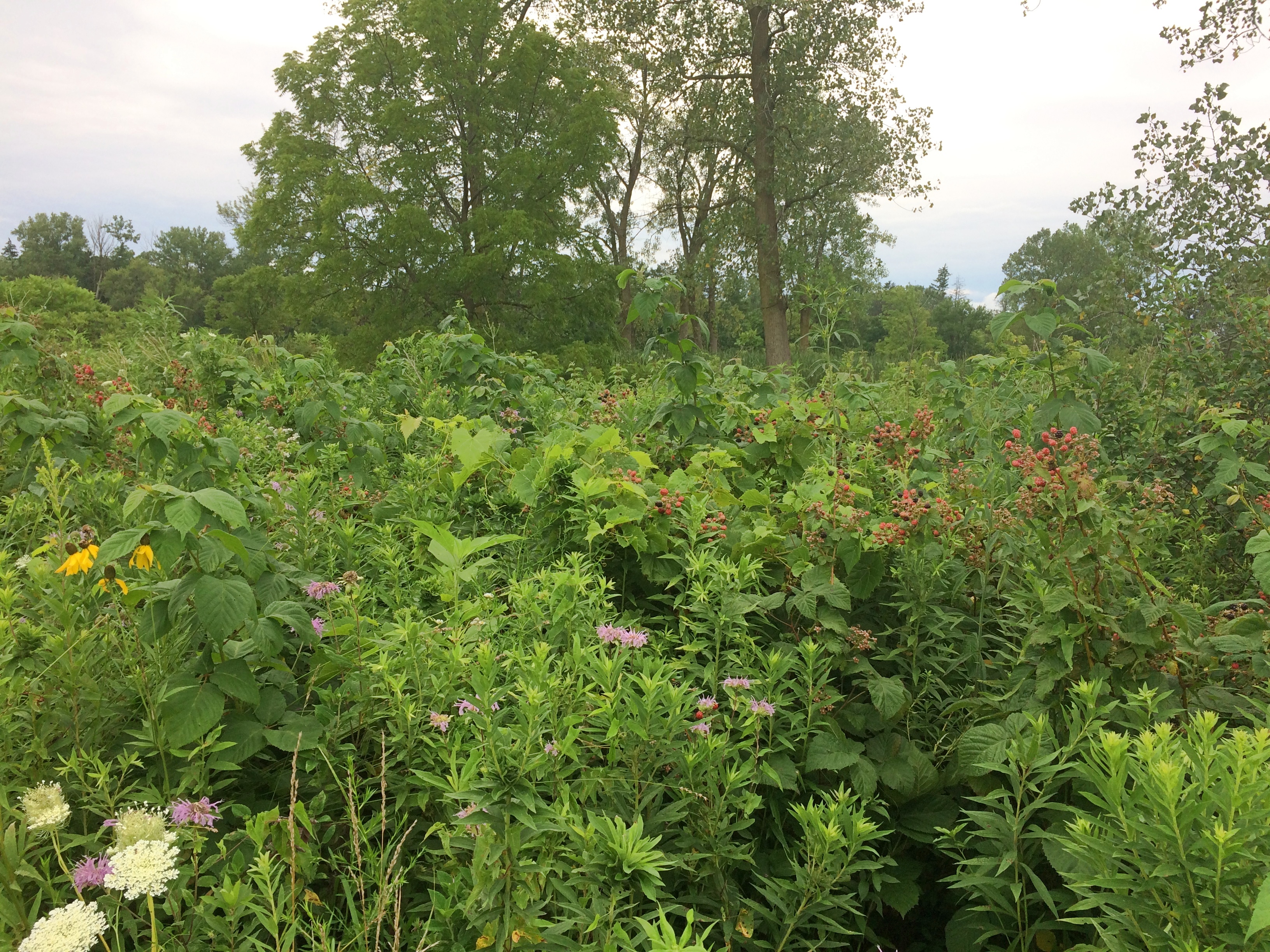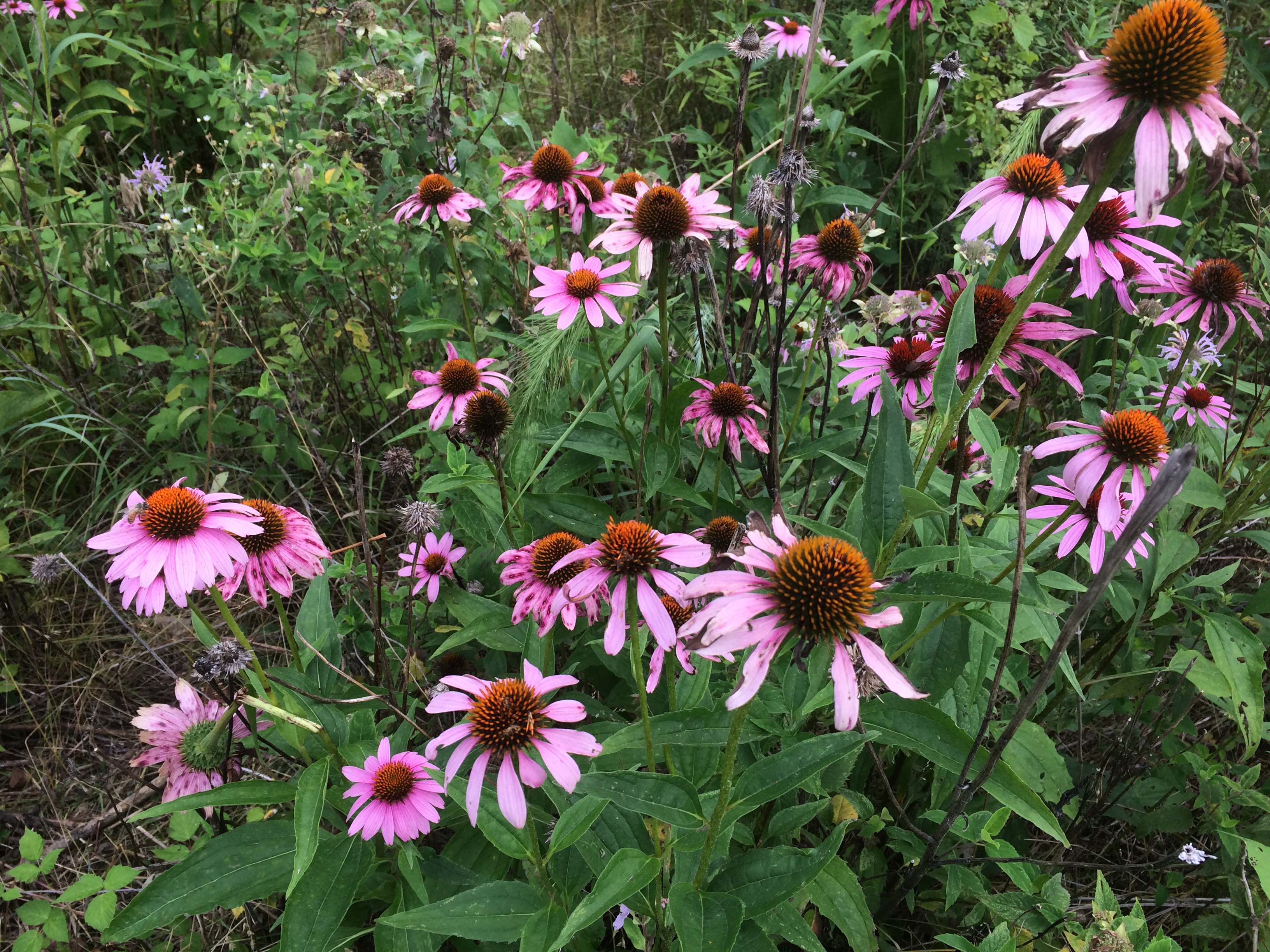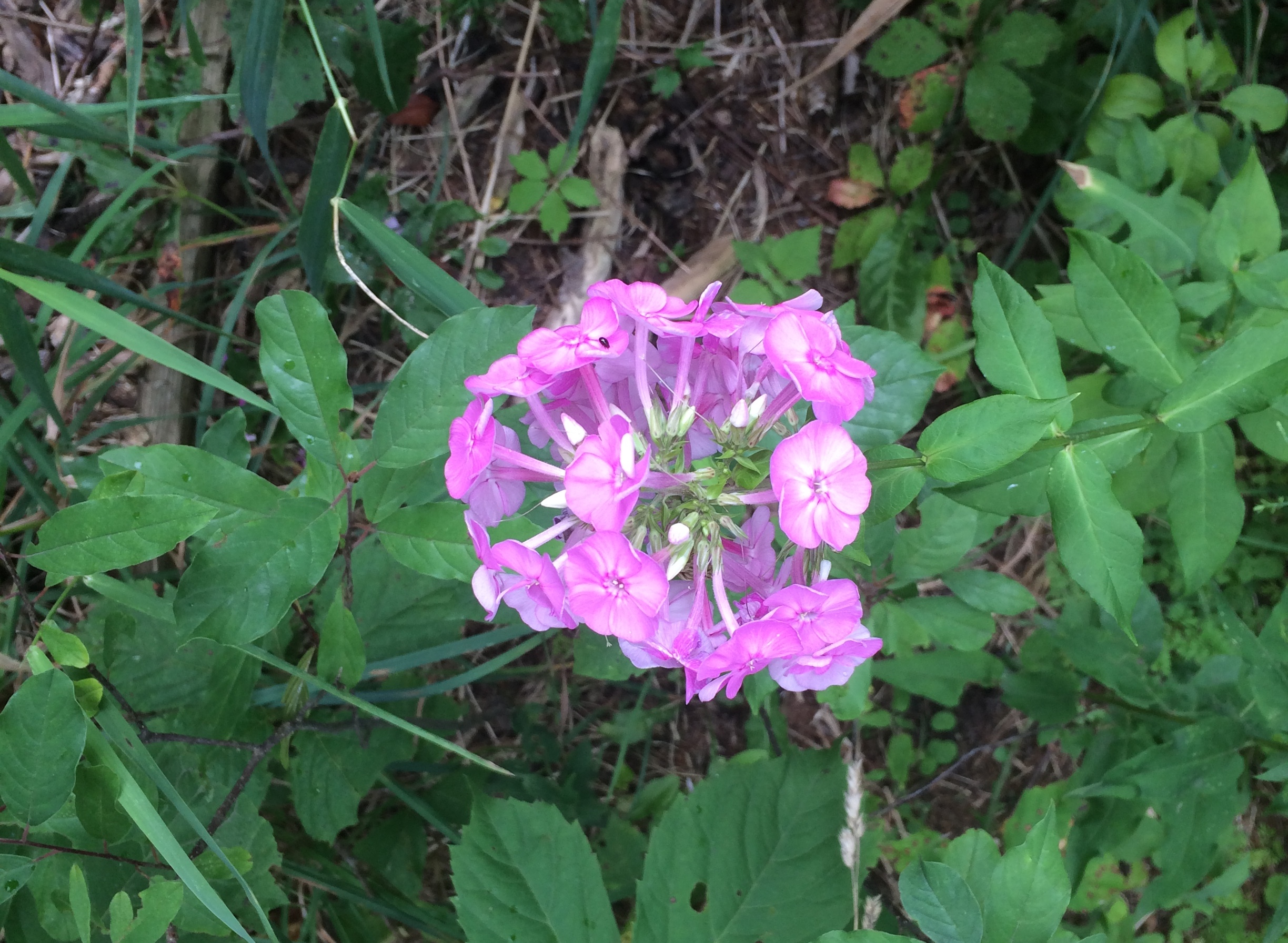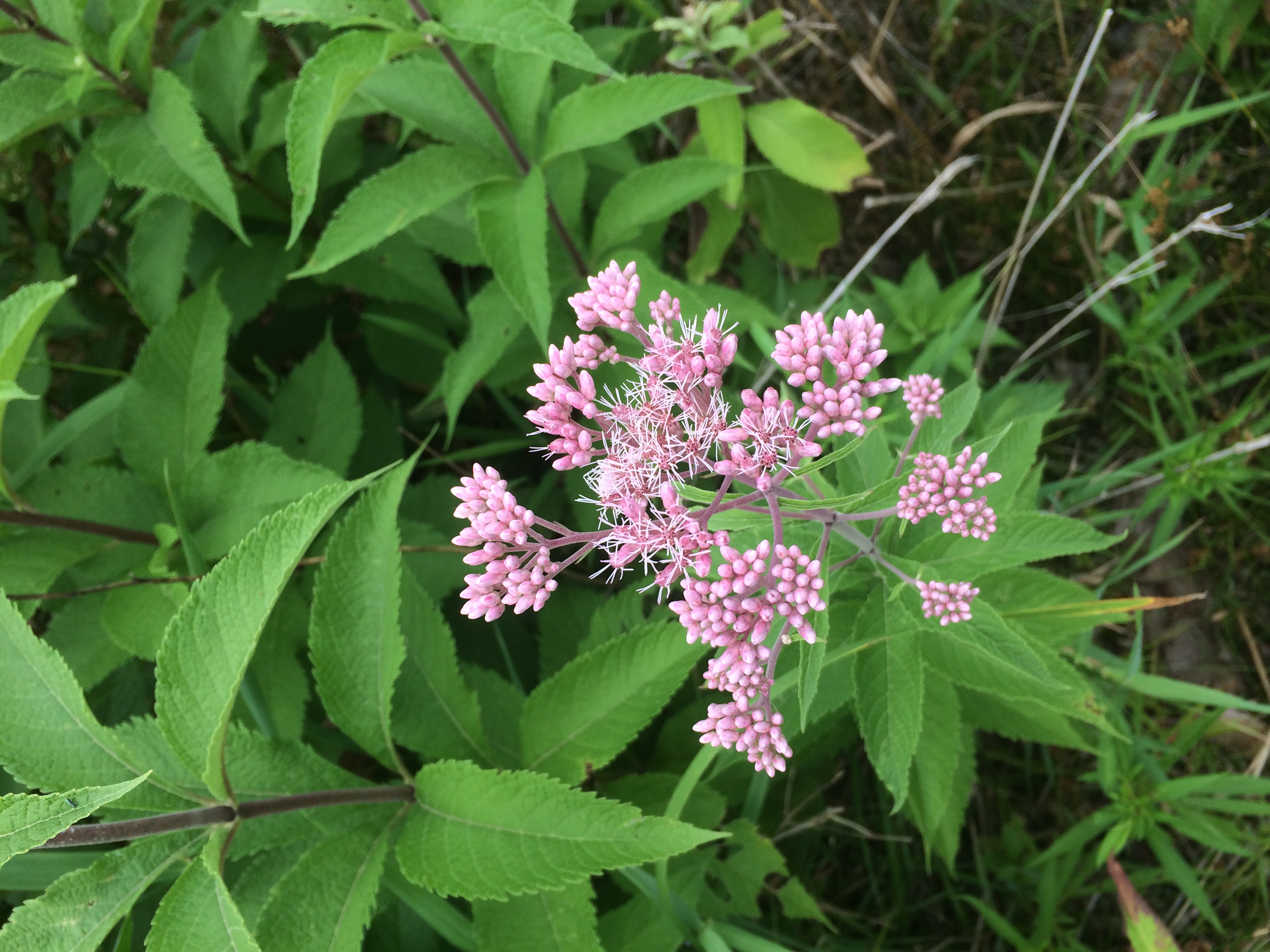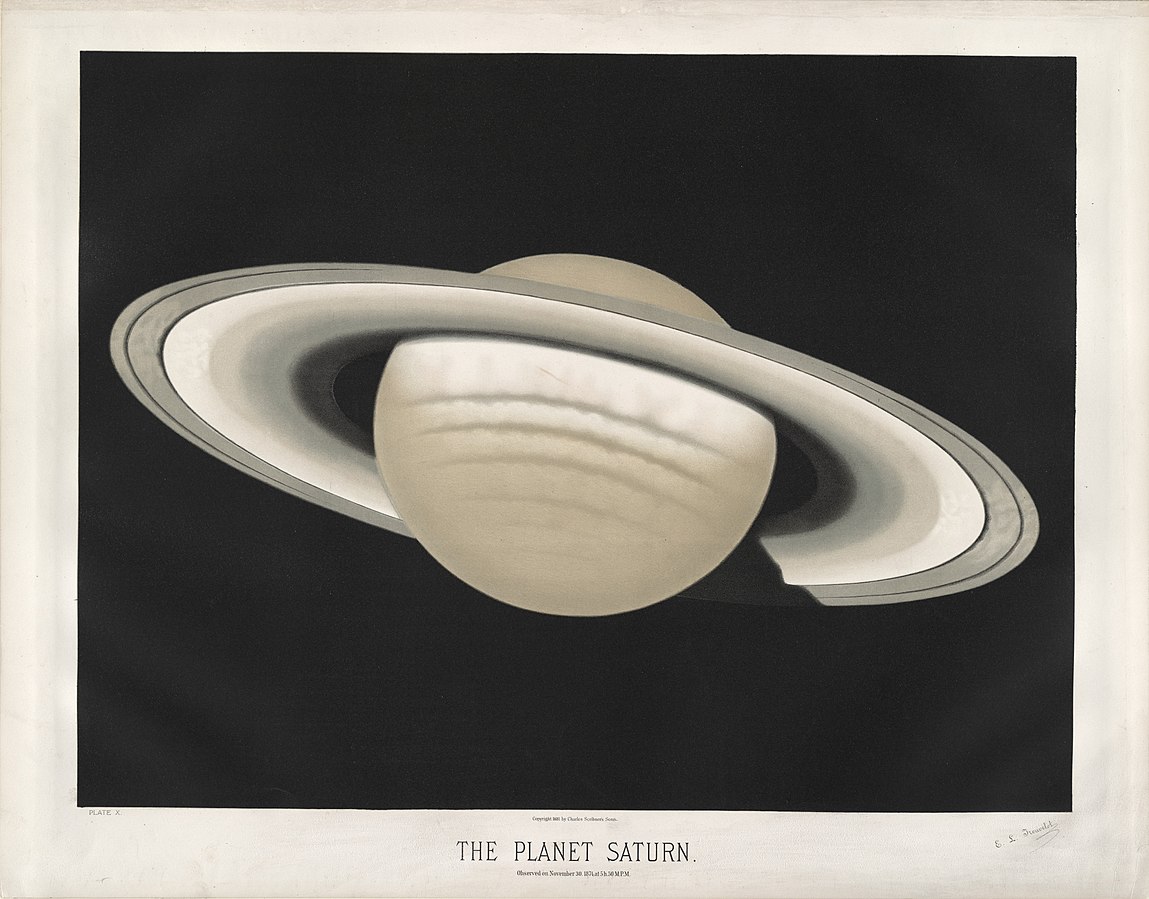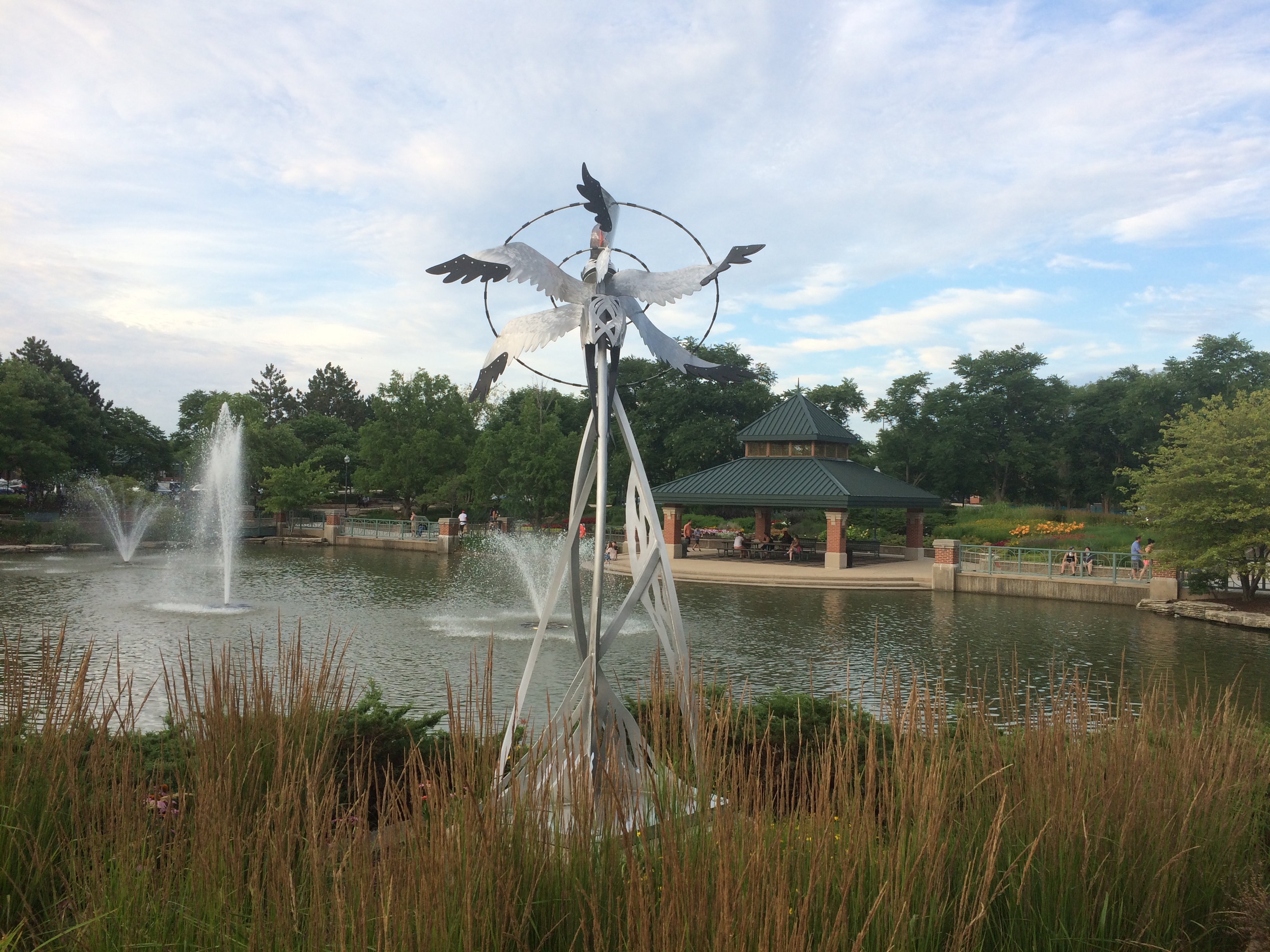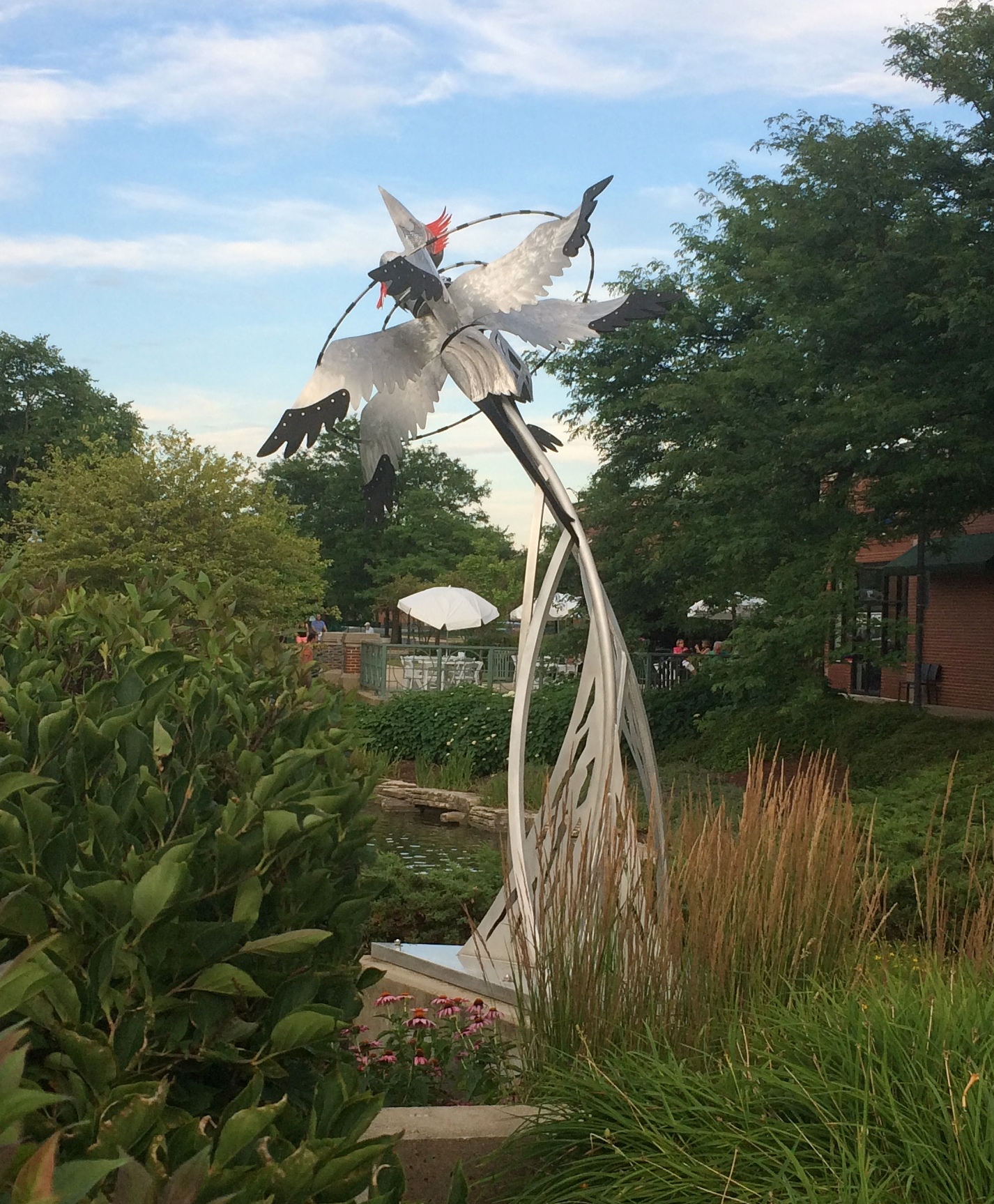No Open House Chicago this year, as you’d expect; no Chicago Architecture Center bus tours or house walks or Doors Open Milwaukee either. For some time now, those events have often been part of fall for us, such as in 2013 or 2014 or 2017 or last year.
Five years ago we took a Chicago Architecture Foundation (as it was then) bus tour of six Chicagoland churches. The other day I took a look at the images from then.
Such as at the First United Methodist Church in Park Ridge, including docent Jack pointing out some feature.
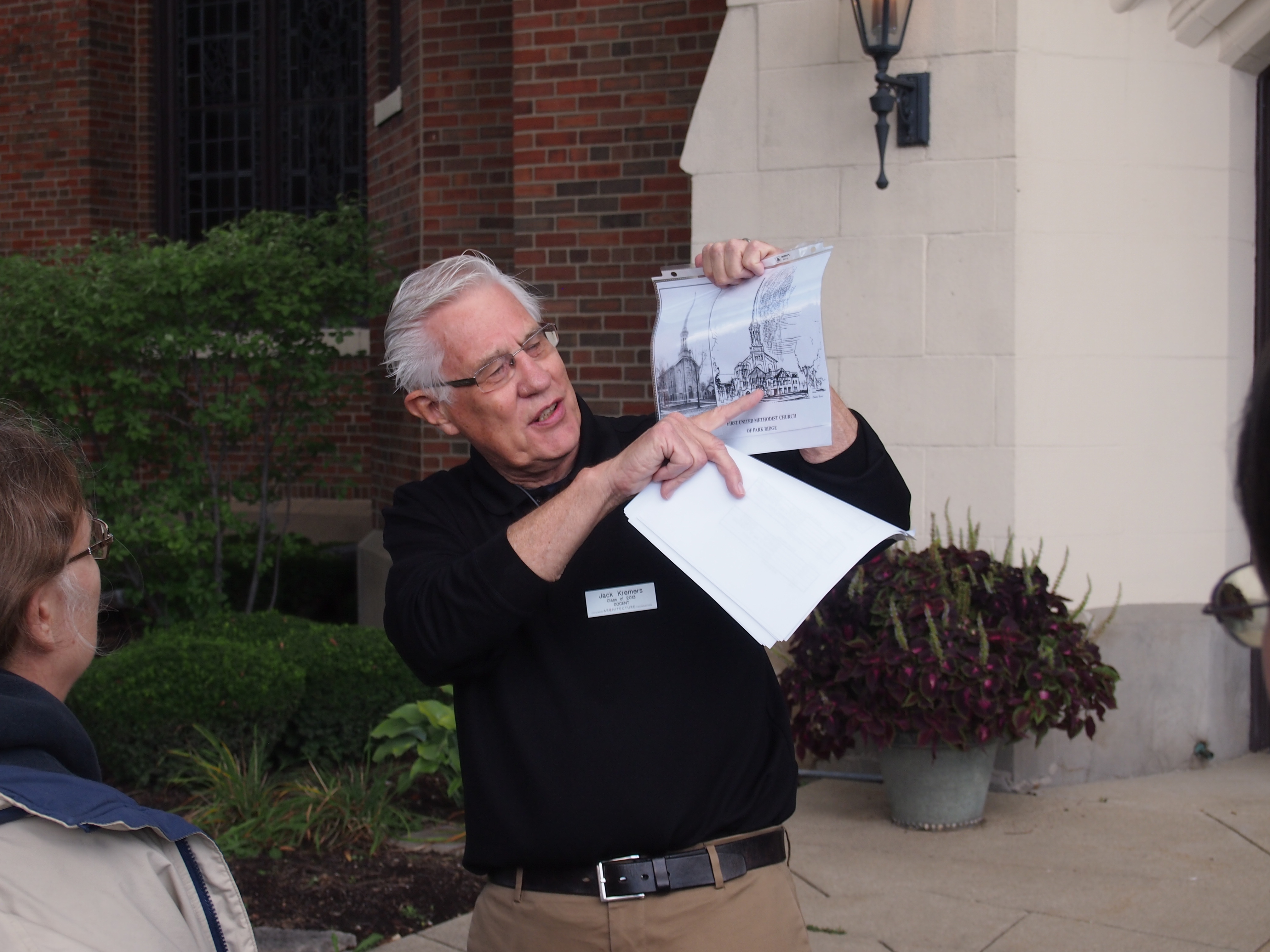 A detail from the church’s stained glass.
A detail from the church’s stained glass.
 Next was the Holy Resurrection Serbian Orthodox Cathedral. A bell hangs outside.
Next was the Holy Resurrection Serbian Orthodox Cathedral. A bell hangs outside.
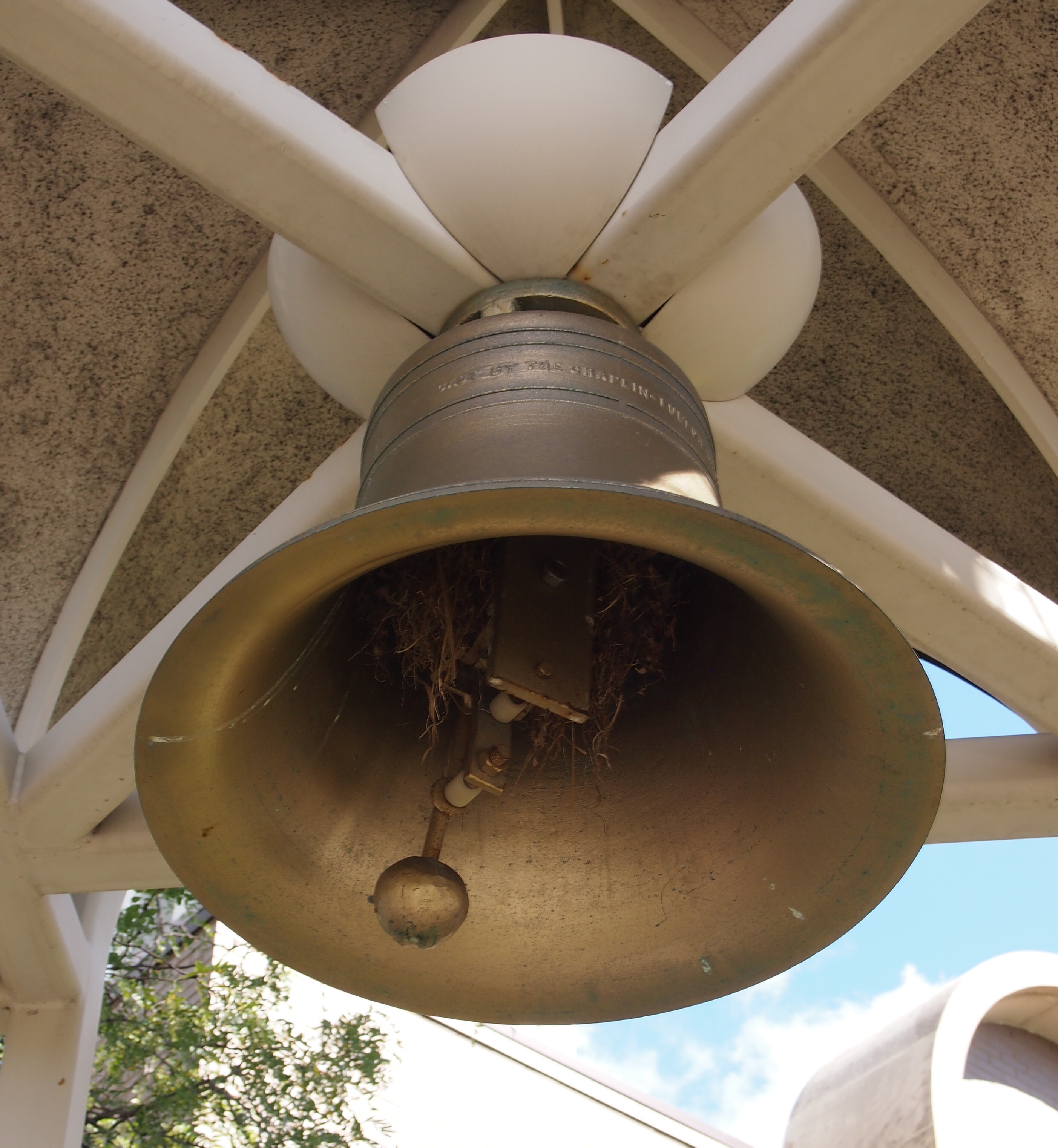 A plaque next to the bell tower explains, in English and Serbian, that the bell was cast in 1908 and formerly hung at a Serbian Orthodox church in Chicago. “[It] has been placed in this tower so that it may once again peal with joy at weddings and baptisms, announce the commencement of church services, and sadly toll at the passing of our parishioners,” the plaque says.
A plaque next to the bell tower explains, in English and Serbian, that the bell was cast in 1908 and formerly hung at a Serbian Orthodox church in Chicago. “[It] has been placed in this tower so that it may once again peal with joy at weddings and baptisms, announce the commencement of church services, and sadly toll at the passing of our parishioners,” the plaque says.
A detail of the bronze front doors.
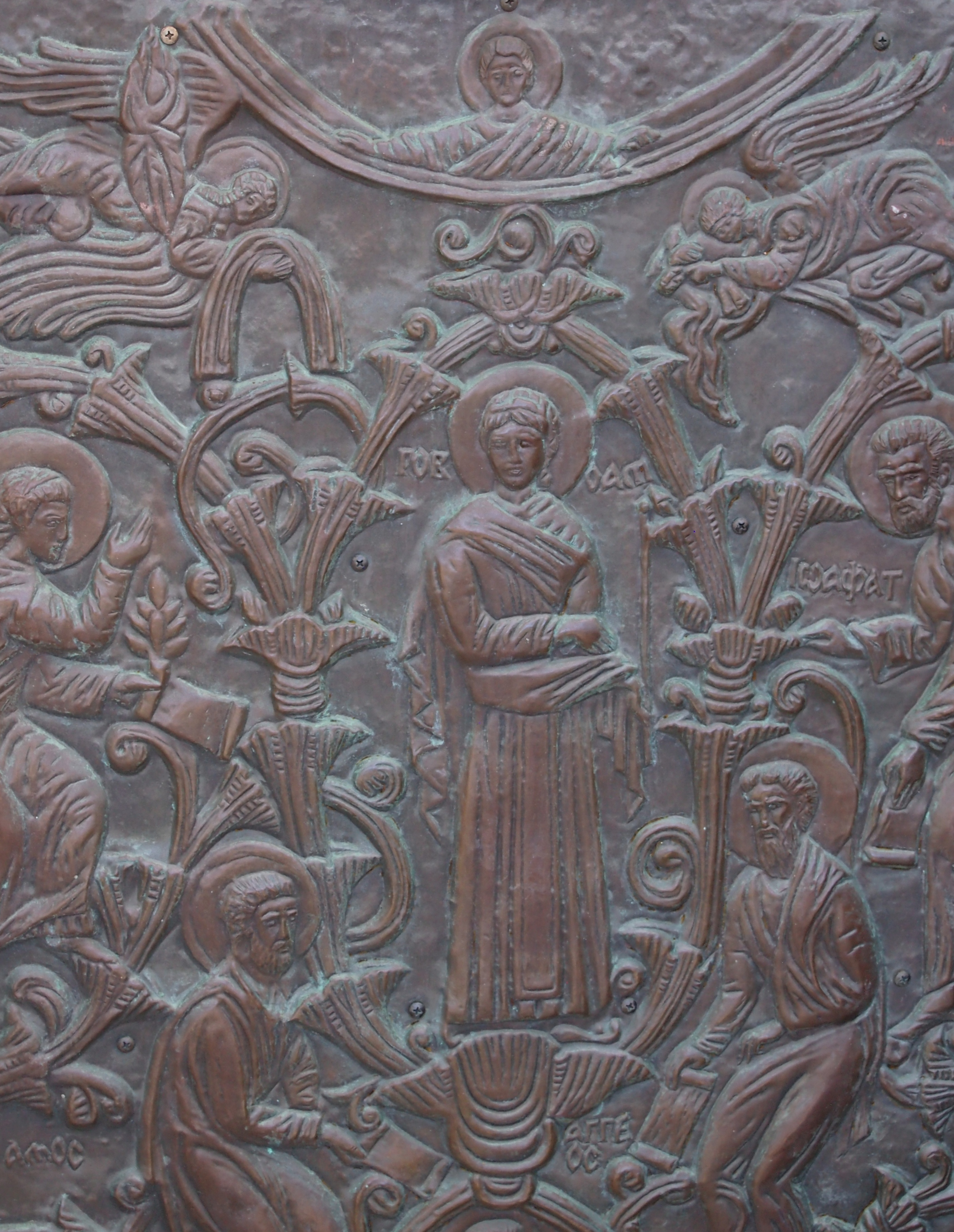 A prelate I didn’t know. Now I do.
A prelate I didn’t know. Now I do.
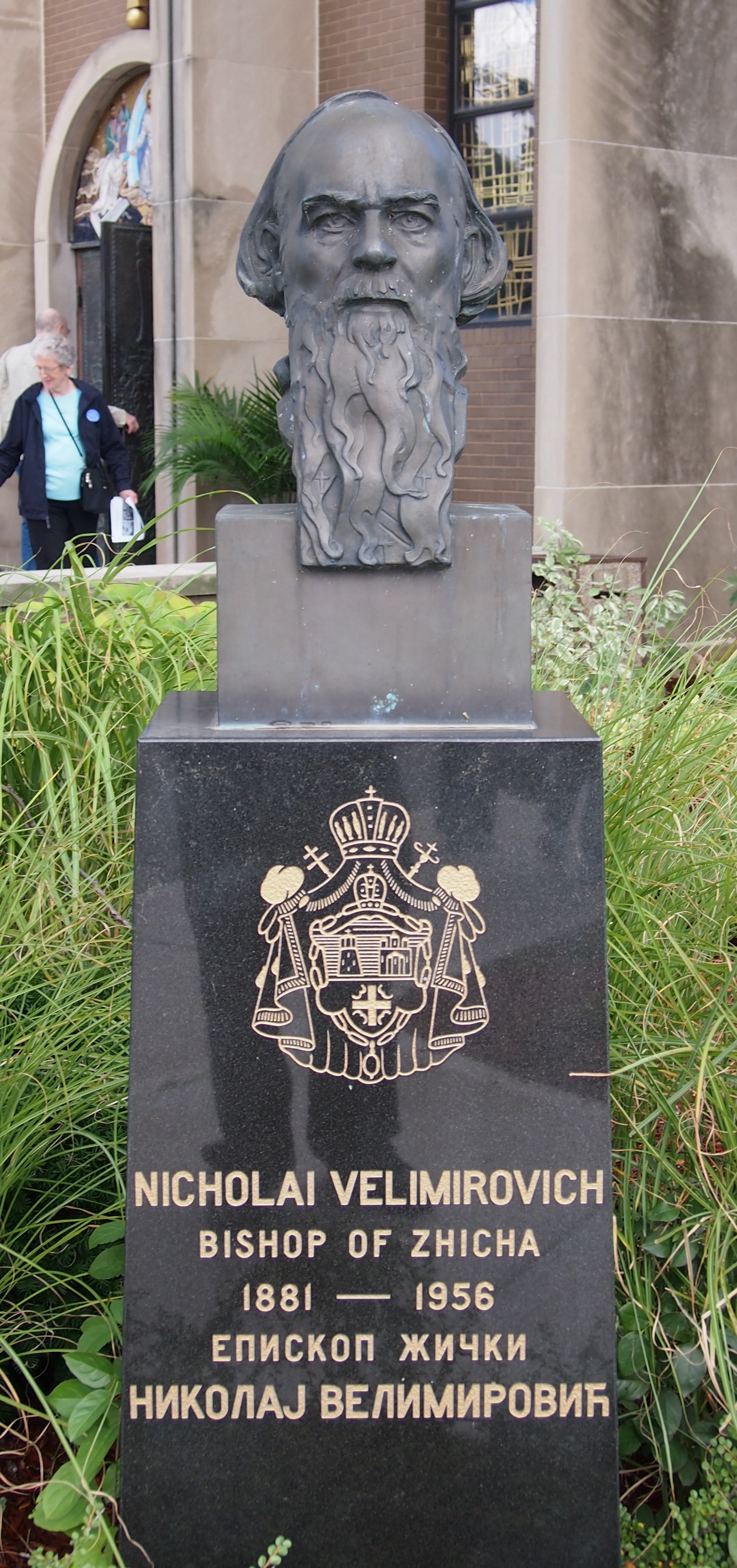 St. Joseph the Betrothed Ukrainian Catholic Church.
St. Joseph the Betrothed Ukrainian Catholic Church.
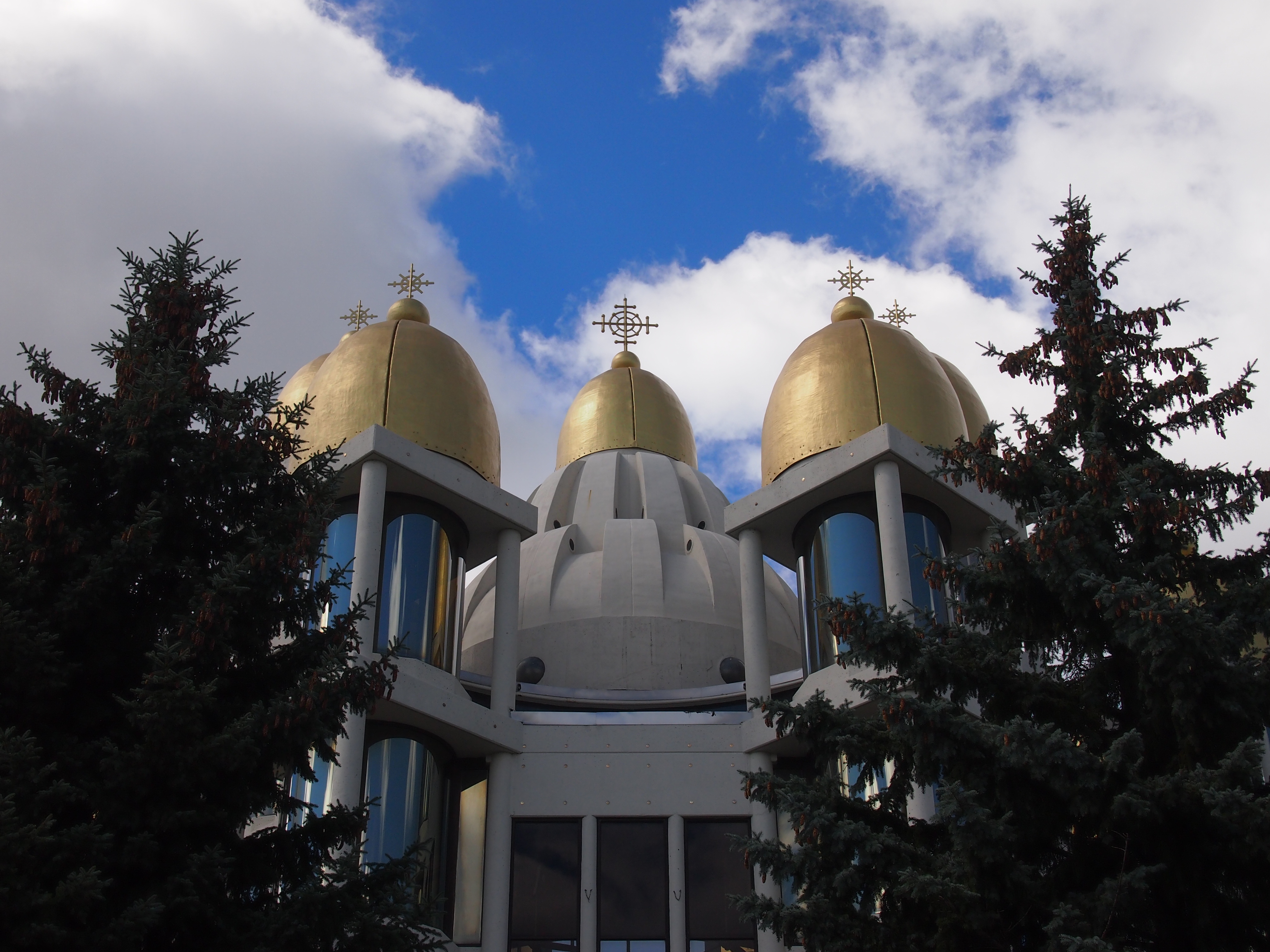 Near the main structure is an outdoor shrine to Our Lady of Hoshiv.
Near the main structure is an outdoor shrine to Our Lady of Hoshiv.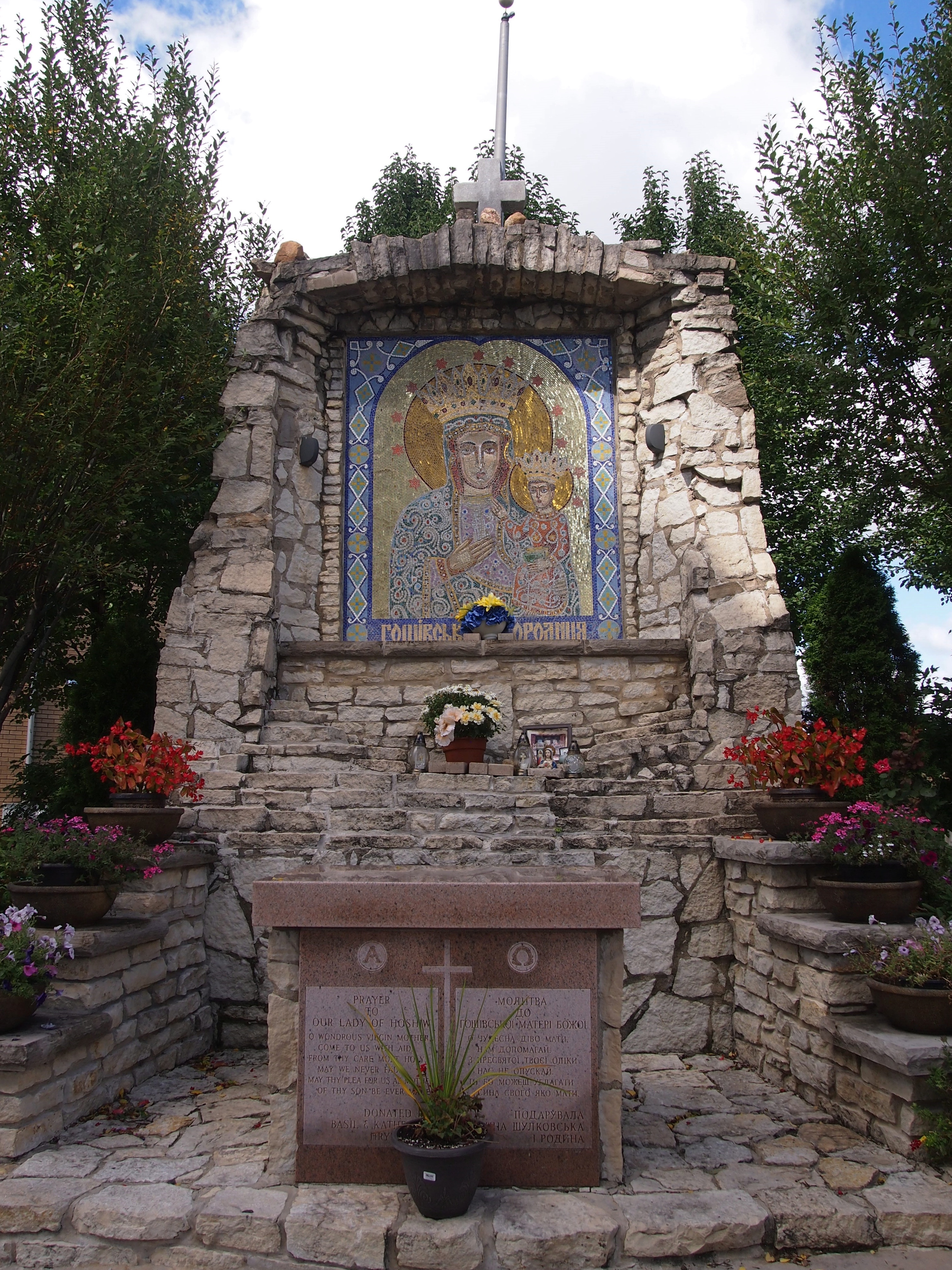 “The icon in the grotto is a modern replica of the miraculous icon of Our Lady of Hoshiv, considered by many Ukrainians to be a special place of pilgrimage,” the church web site notes.
“The icon in the grotto is a modern replica of the miraculous icon of Our Lady of Hoshiv, considered by many Ukrainians to be a special place of pilgrimage,” the church web site notes.
“The original icon was painted at the beginning of the 18th century, and during the Turkish and Tatar incursions in Ukraine was taken to Hoshiv for safety.
“In Hoshiv, the icon began to miraculously glow with a great halo, as witnessed by many locals and their priest. After the glow subsided, there were tears on Our Lady’s face.
“After this miracle, the people petitioned Metropolitan Lev Sheptytsky to transfer the icon to a ‘holy place’ and it was moved to the Basilian monastery of Yasna Hora (Bright Mountain) in Hoshiv. There the miraculous nature of this icon continued to reveal itself with many documented healings.
“The Grotto of Our Lady of Hoshiv that stands next to St. Joseph Church was built in 1961-1962, and was dedicated in May 1962 by Bishop Jaroslaw Gabro.”
Outside Our Lady of Hope in Rosemont is, was, a patch of elephant ears.
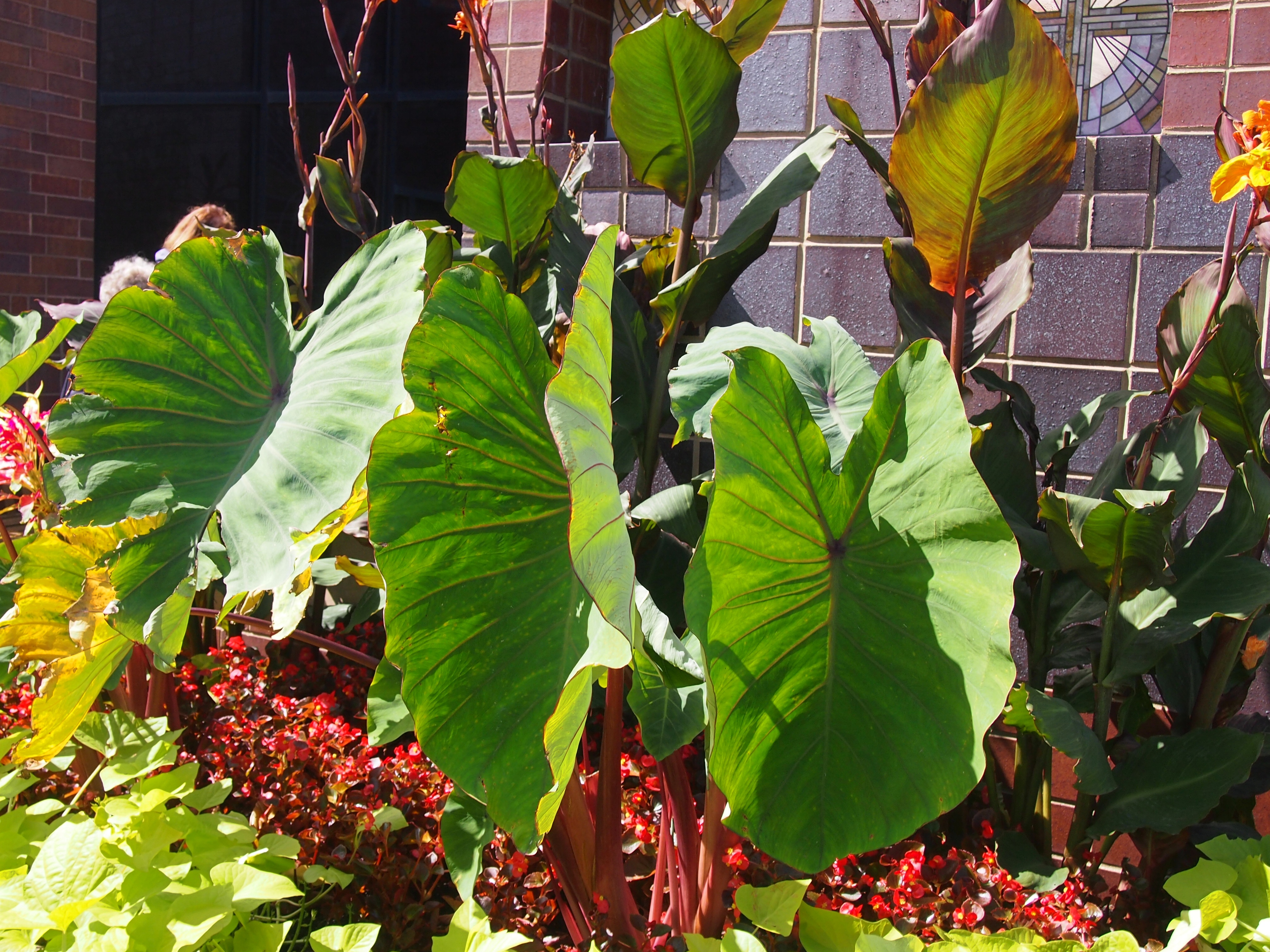 The church isn’t overwrought with stained glass, but there is some.
The church isn’t overwrought with stained glass, but there is some.
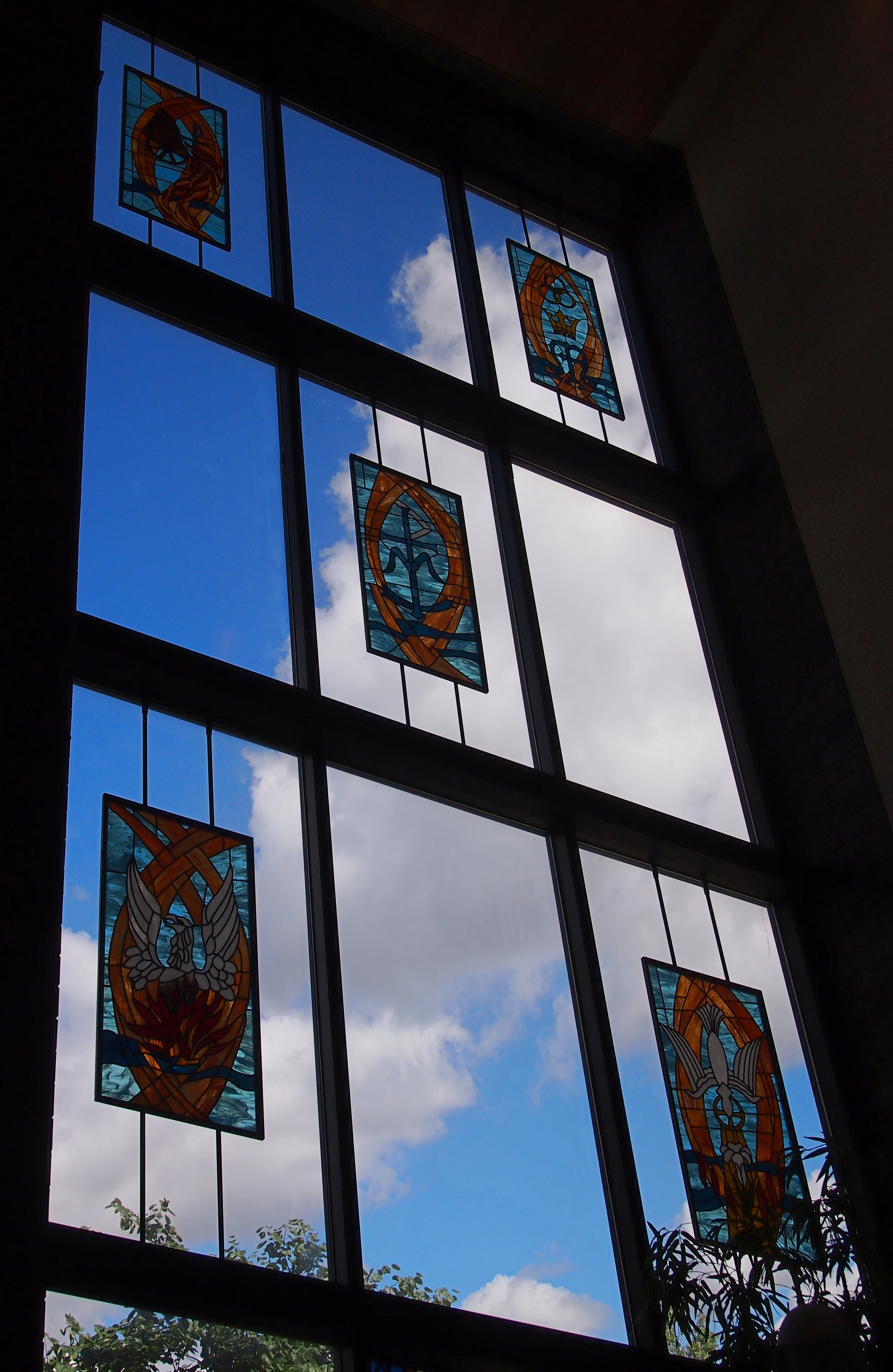 Much more stained glass can be found at St. Luke’s Lutheran Church in Park Ridge.
Much more stained glass can be found at St. Luke’s Lutheran Church in Park Ridge.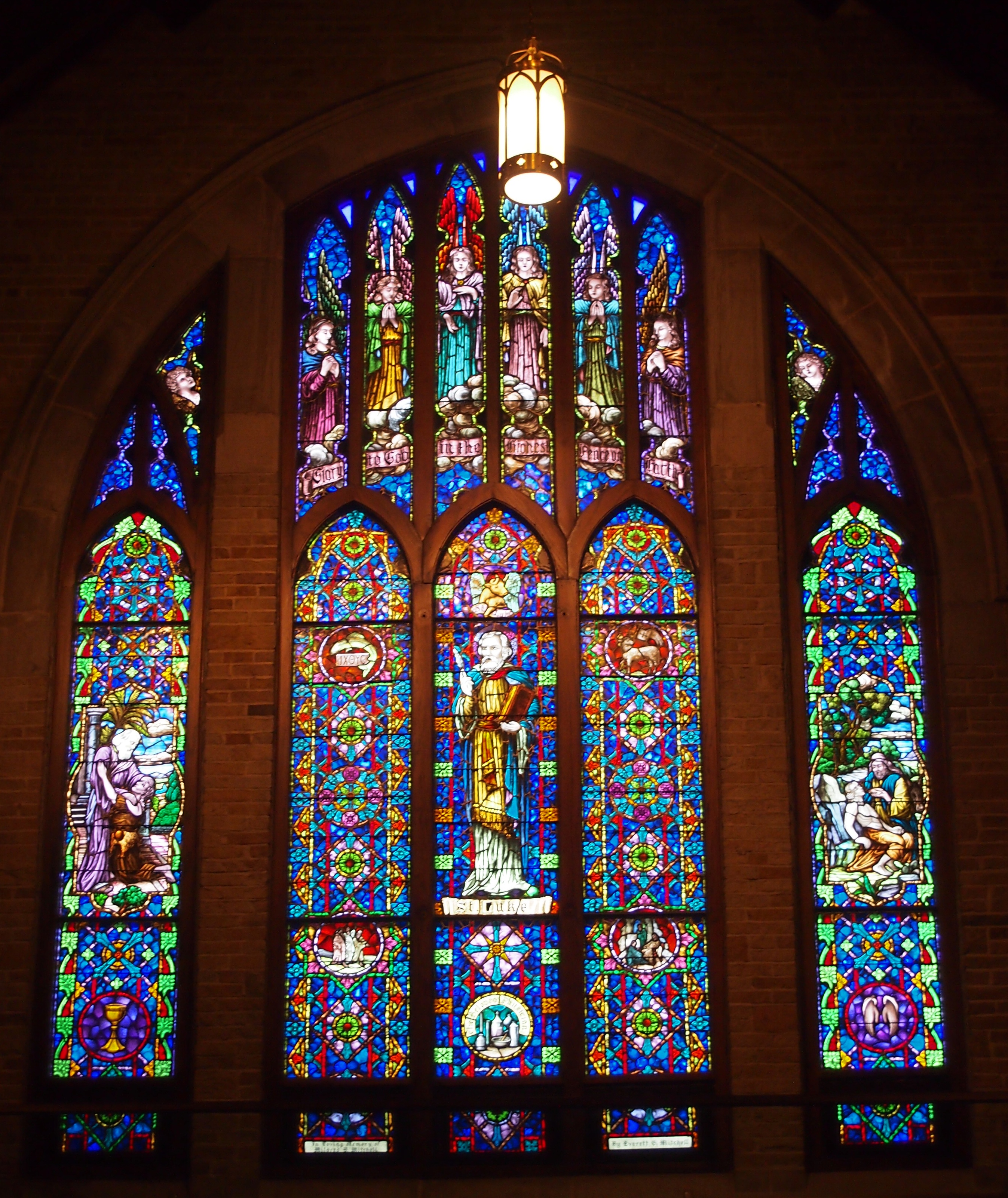
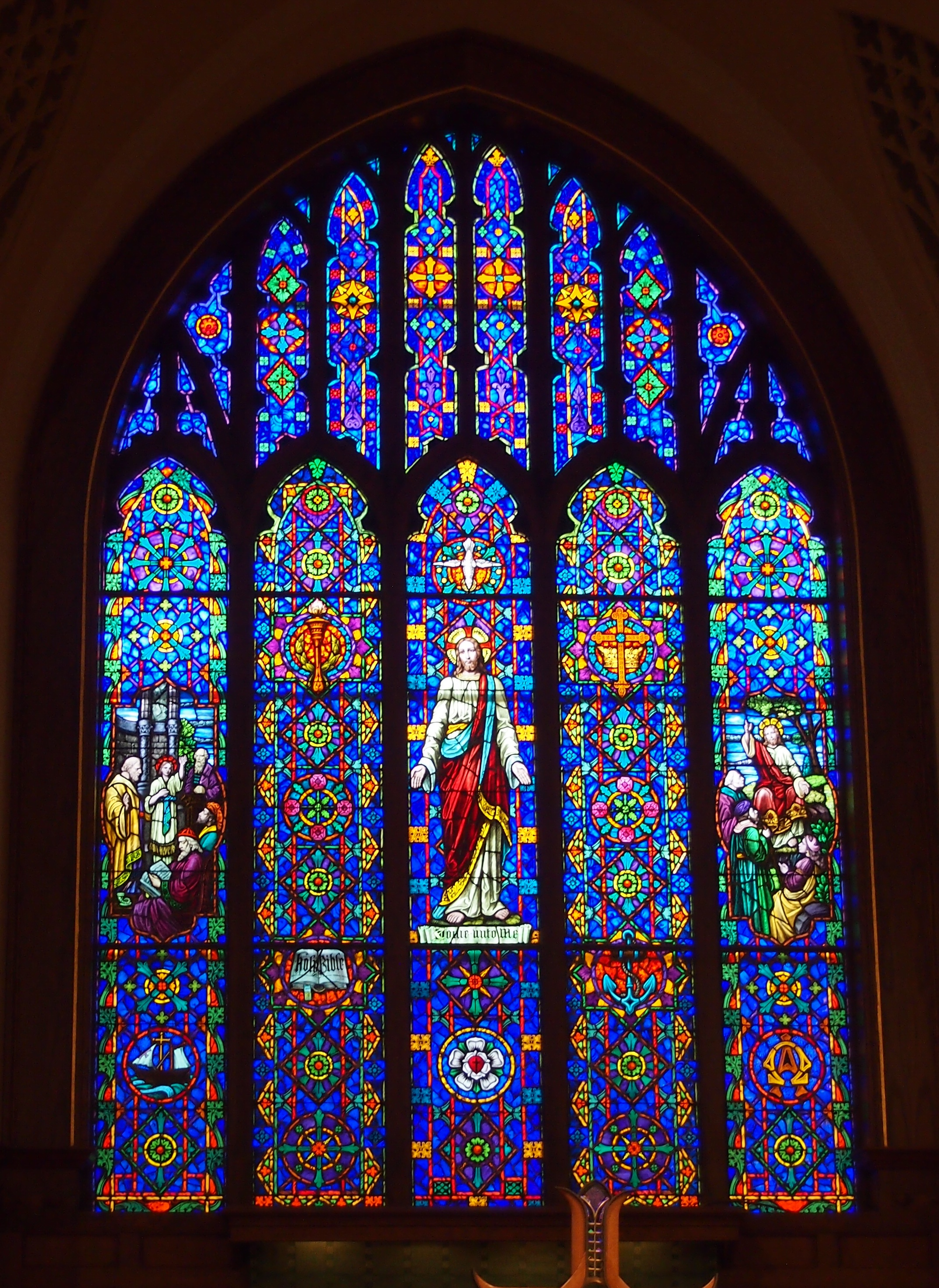 One church we visited but which I didn’t post about — I don’t remember why — was Mary, Seat of Wisdom, also in Park Ridge.
One church we visited but which I didn’t post about — I don’t remember why — was Mary, Seat of Wisdom, also in Park Ridge.
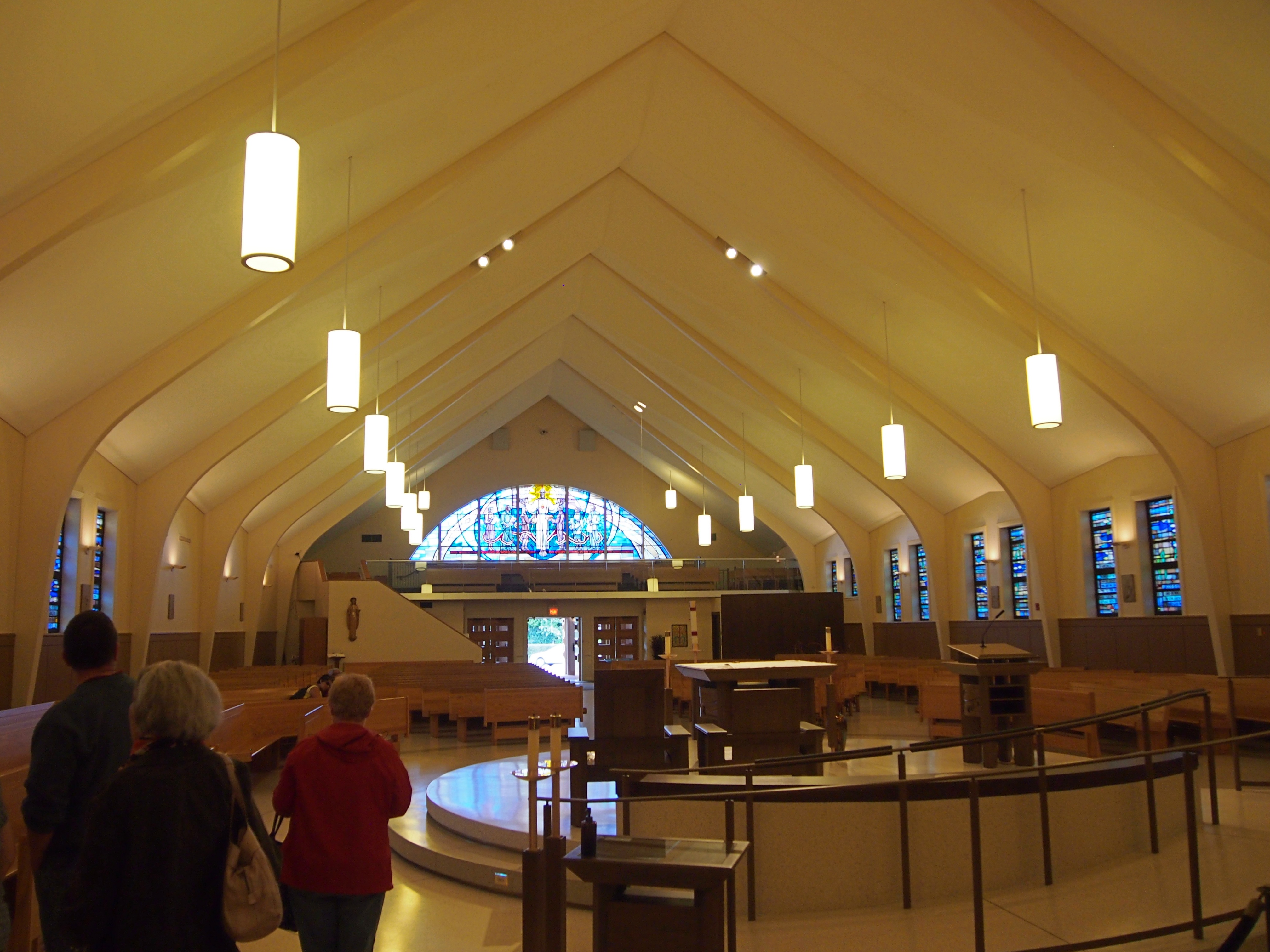
 Interesting stained glass, not quite like I’ve seen elsewhere.
Interesting stained glass, not quite like I’ve seen elsewhere.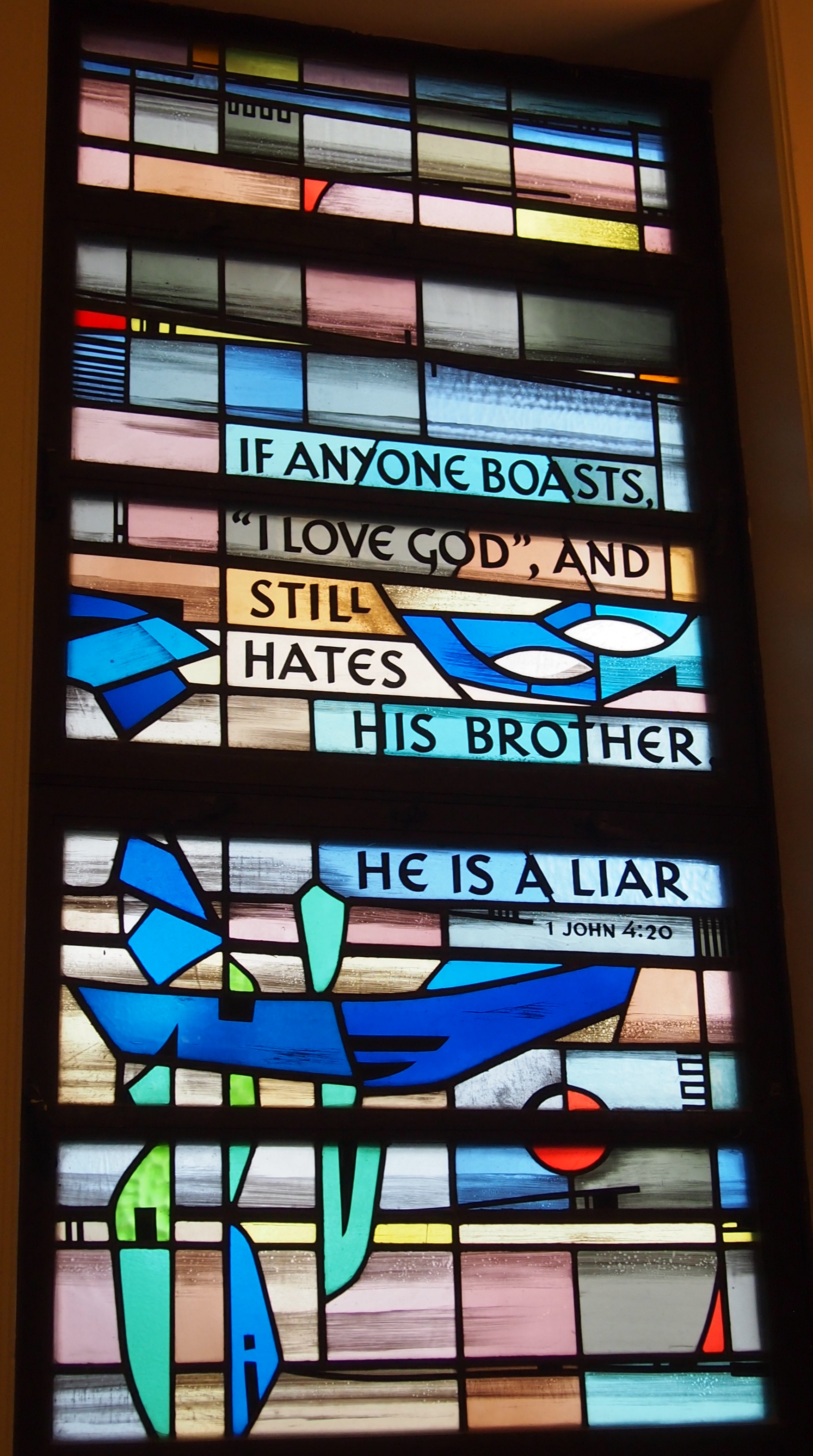
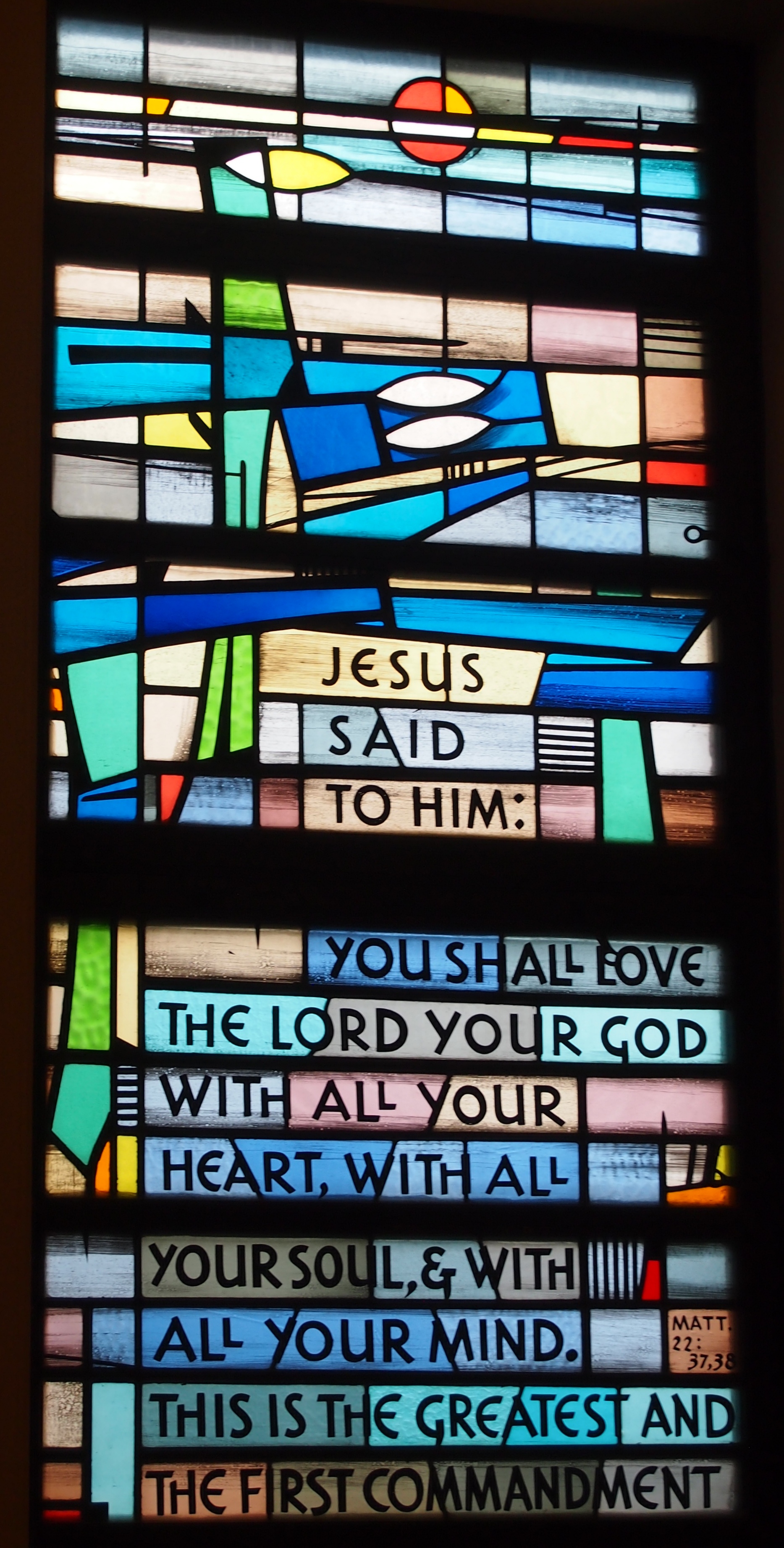
Mosaics. Or was it a painting that looks like a mosaic? I don’t remember.
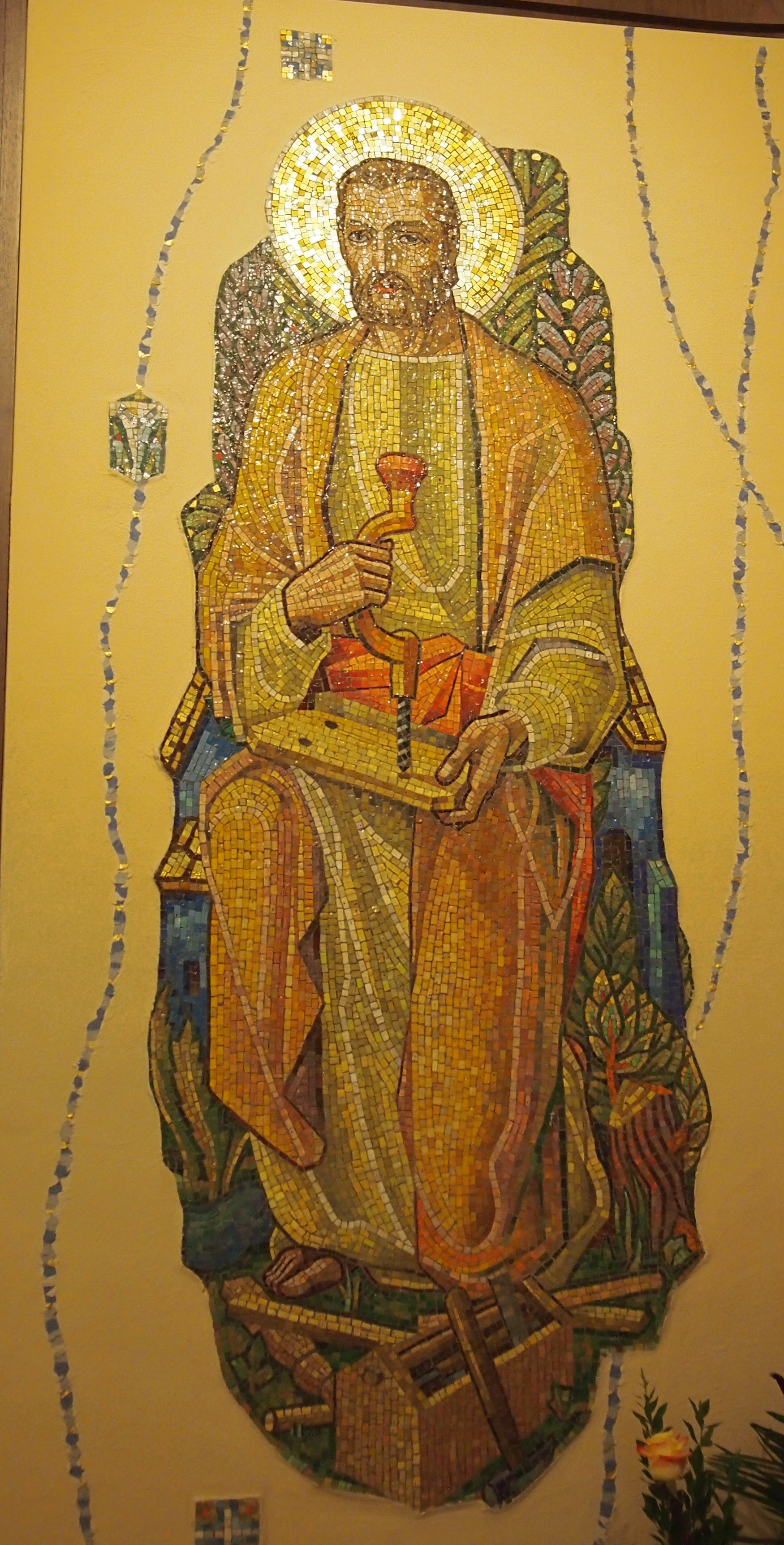 Another detail I liked.
Another detail I liked.
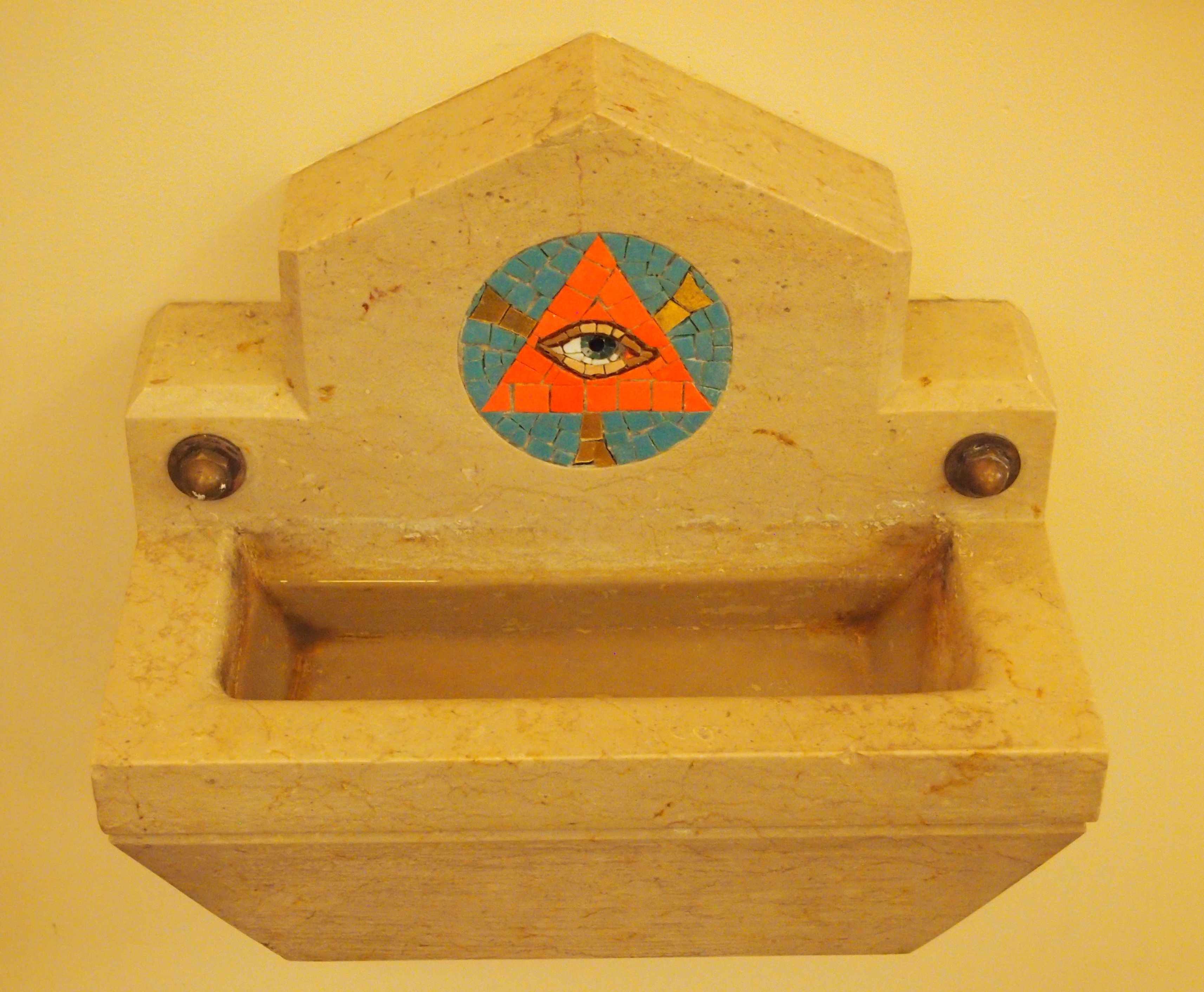 The Eye of Providence clearly belongs in a church, and maybe even on the dollar bill, but it would be interesting if it popped up randomly in public places. Just to give people something to think about.
The Eye of Providence clearly belongs in a church, and maybe even on the dollar bill, but it would be interesting if it popped up randomly in public places. Just to give people something to think about.
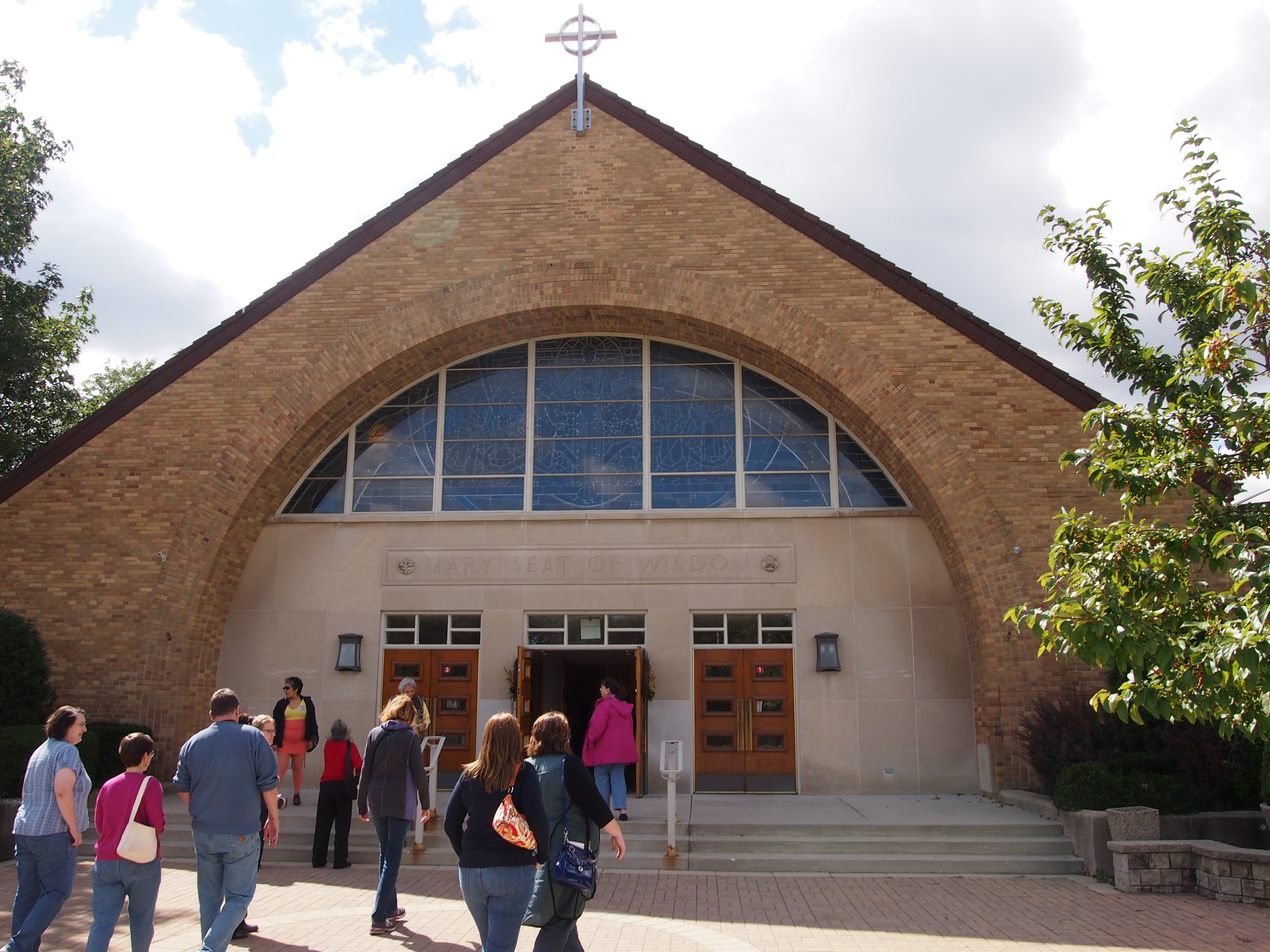
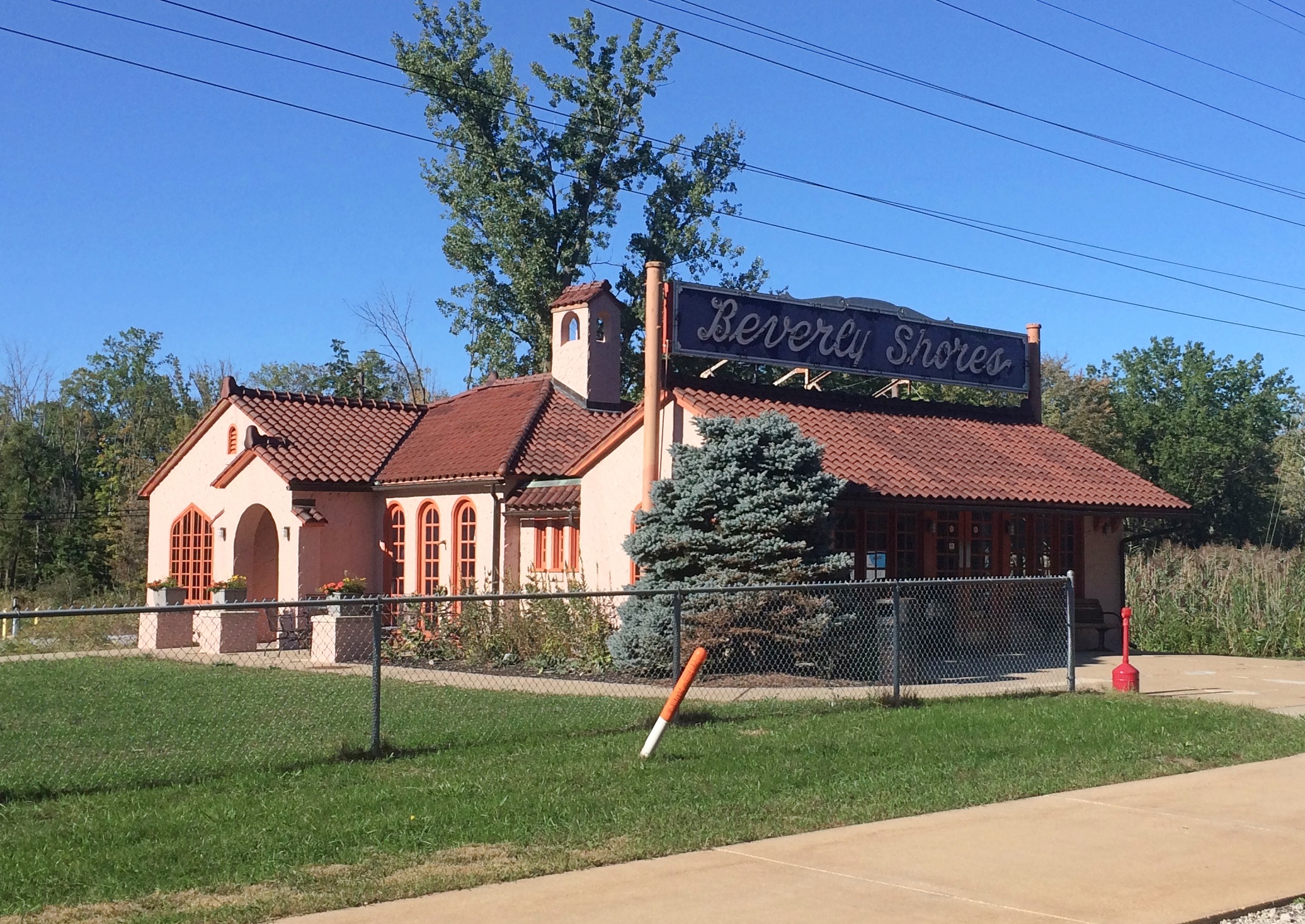
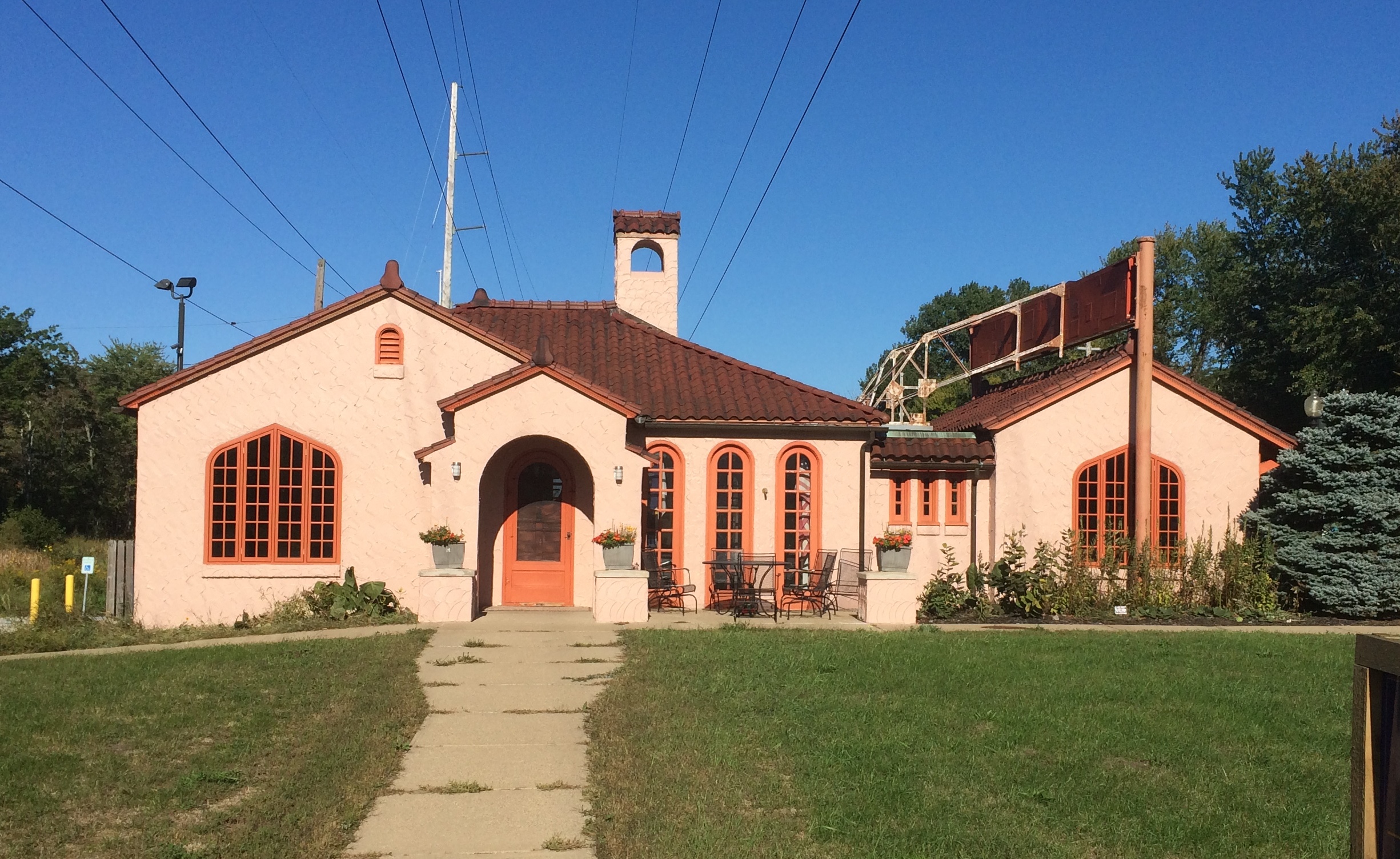

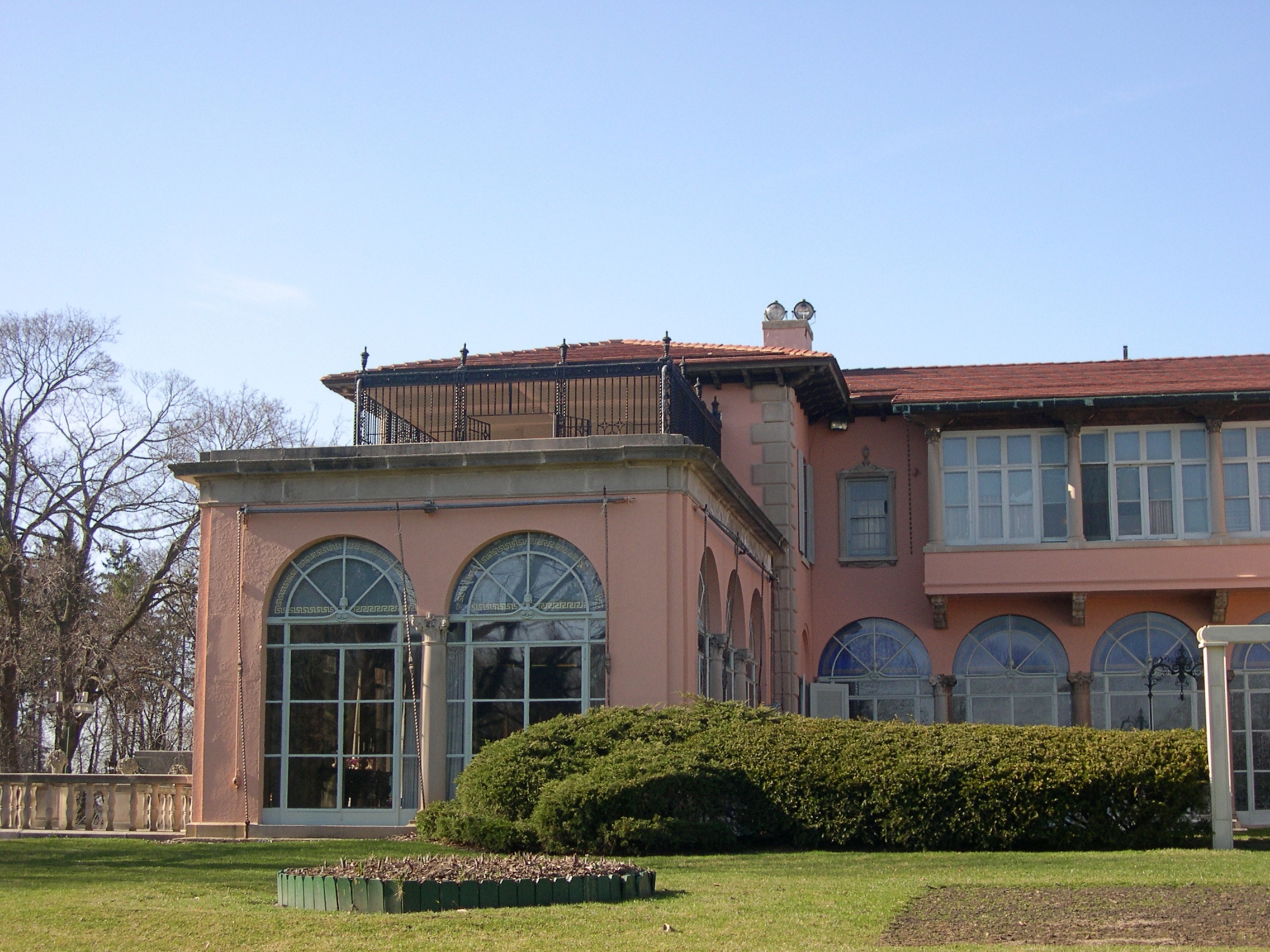

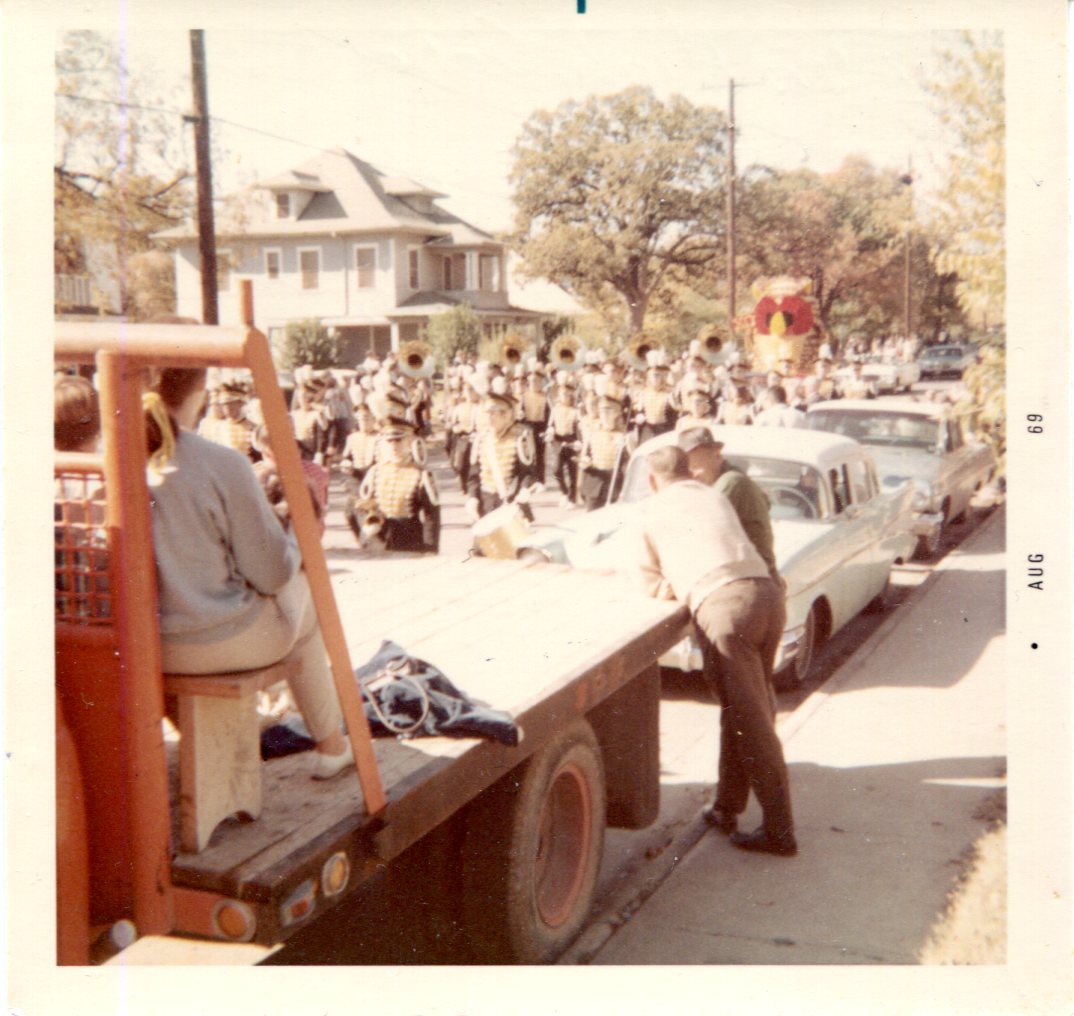
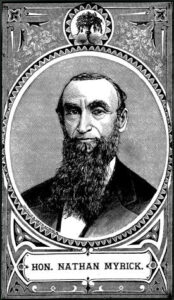
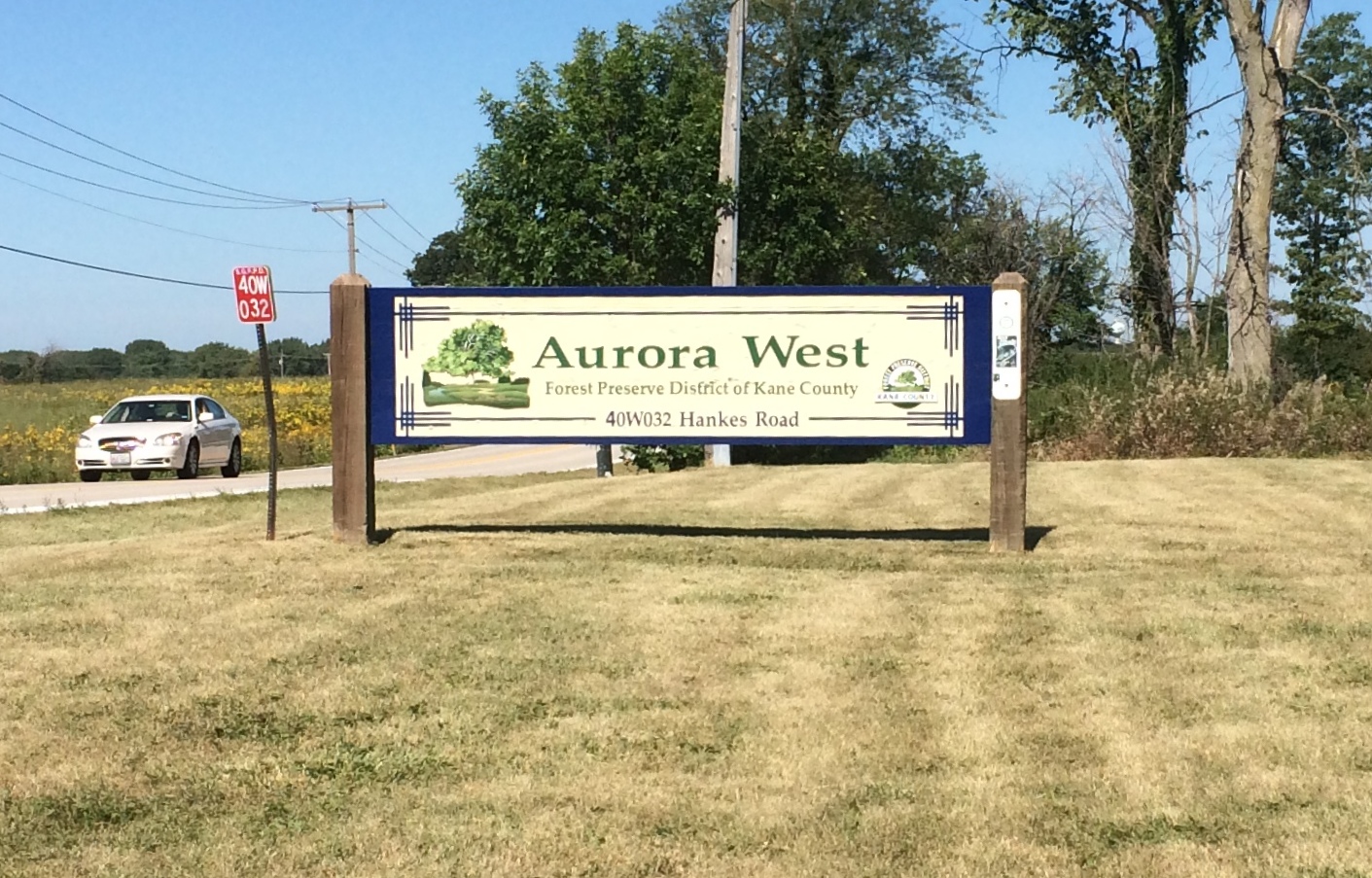

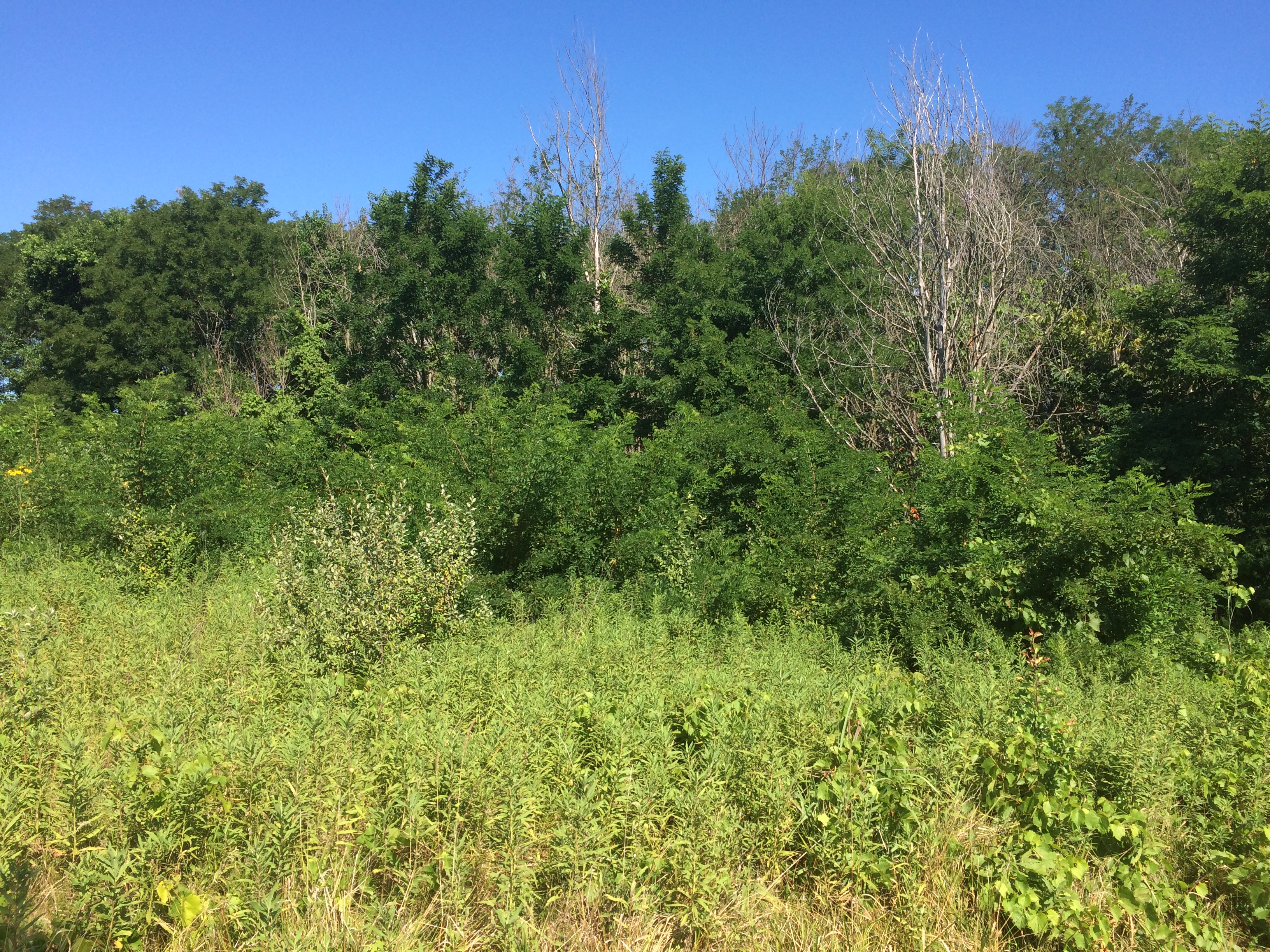
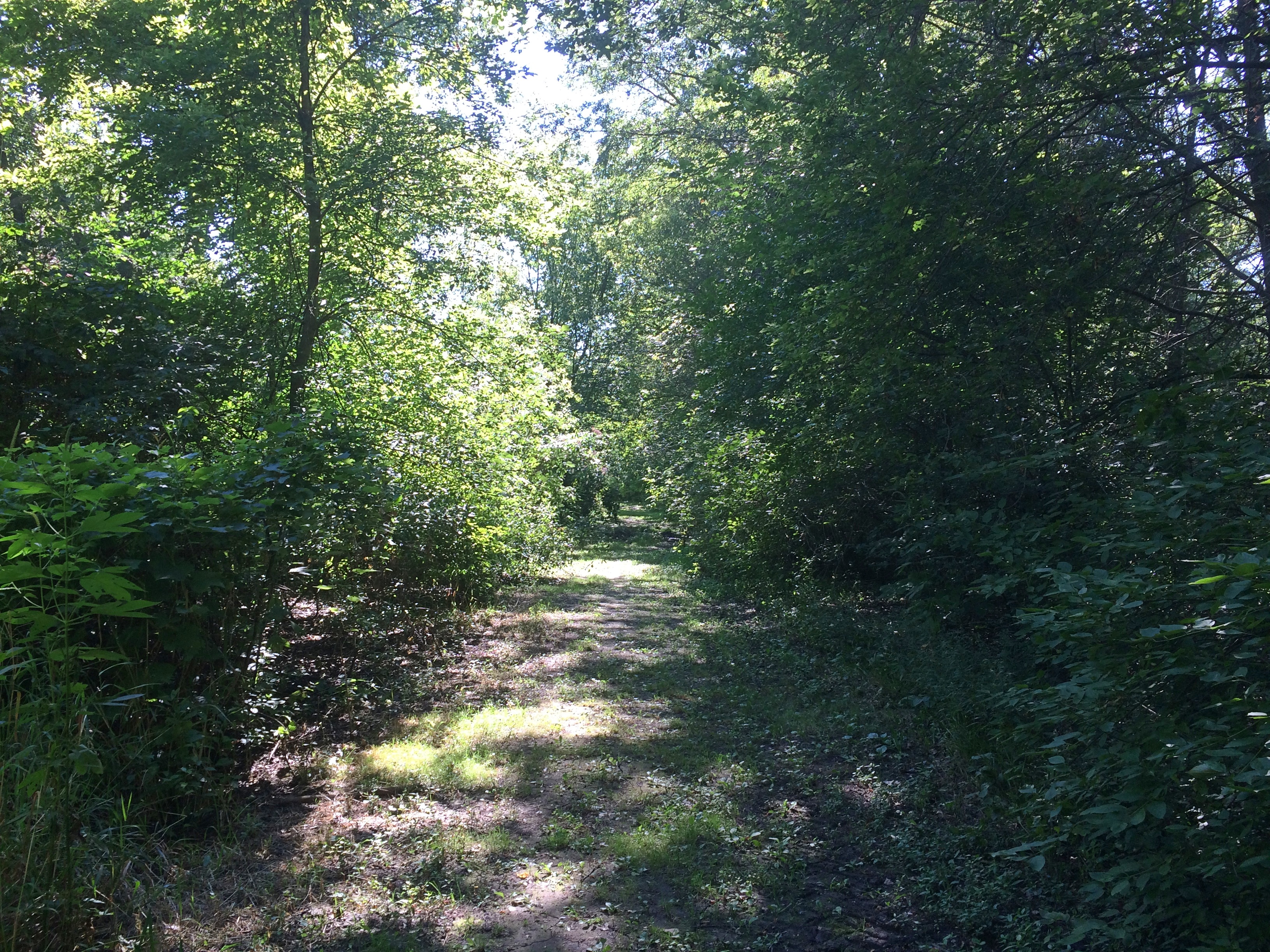
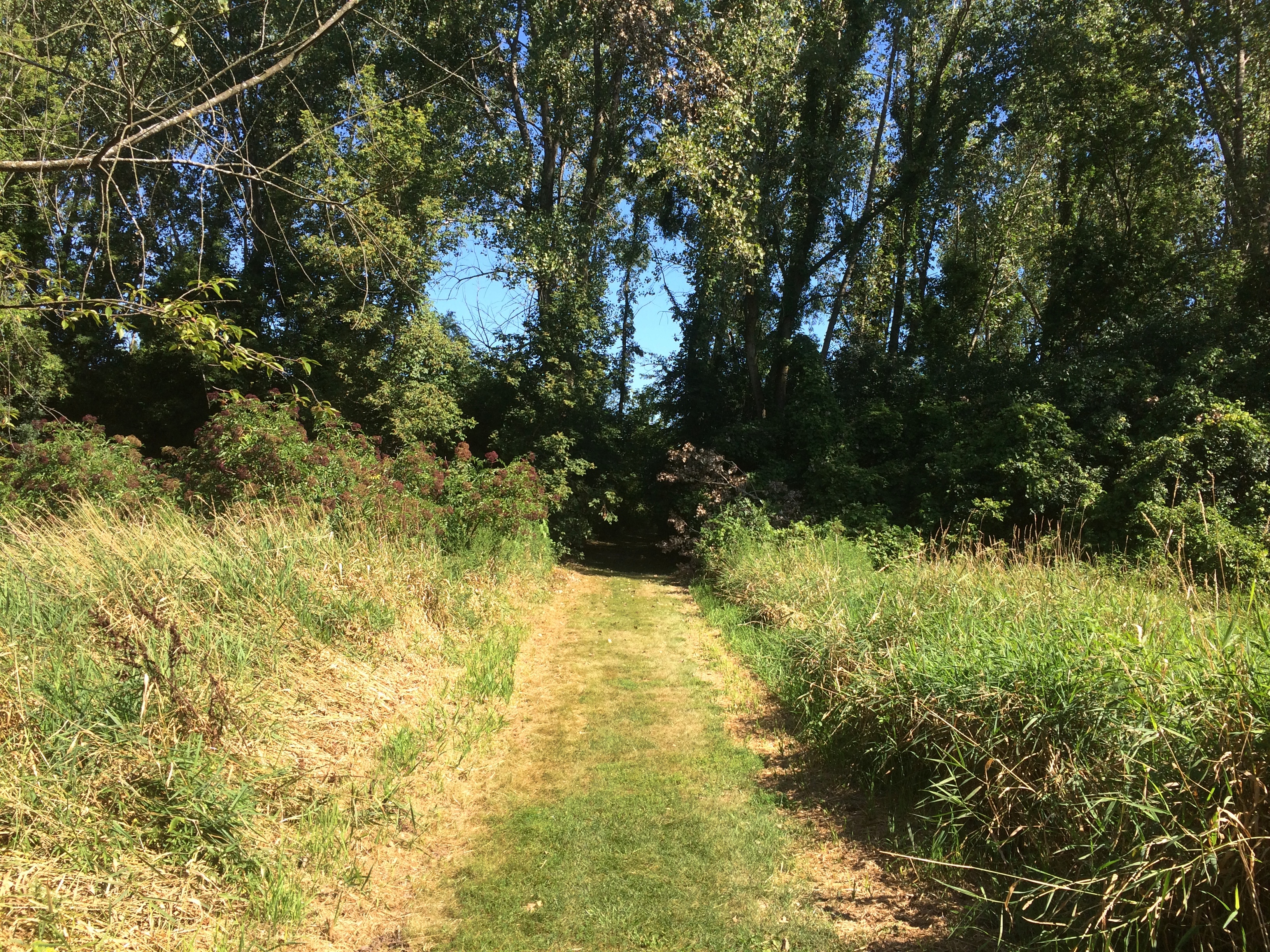
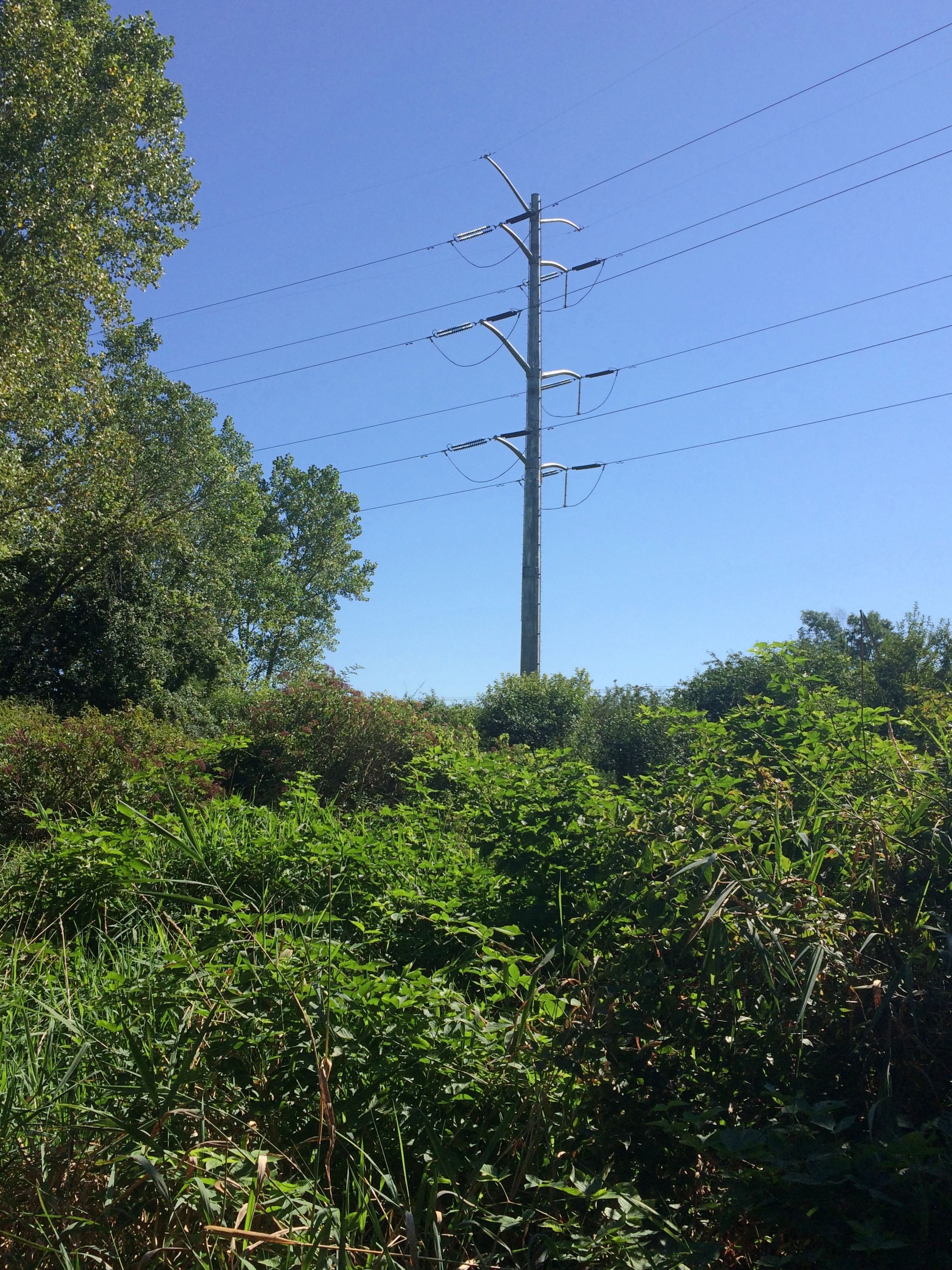 Mostly.
Mostly.